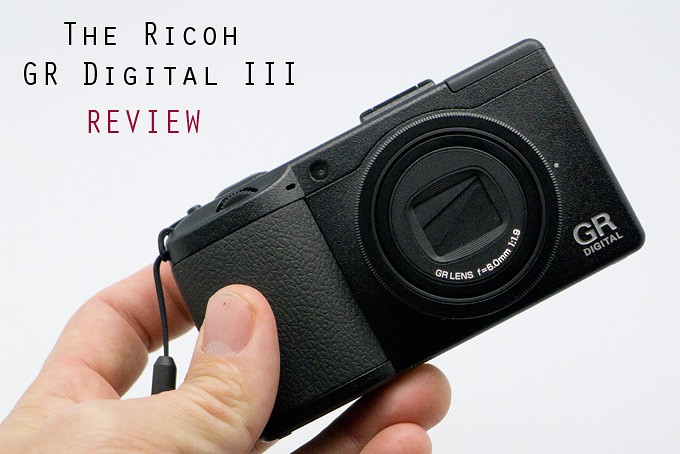
The Ricoh GR Digital III Review
By Steve Huff
After my Ricoh GXR review (you can see it here) I became a huge fan of Ricoh. The GXR was the first time I have ever shot with a Ricoh digital camera and I was so enamored by it that I bought one for myself. I found its build, feel, and image quality to be stellar when used with the larger sensor modules like the 28 and 50mm. The fact that its size was small and had all of these qualities is what really got me to buy it. Imagine my surprise when I get an e-mail from Ricoh asking me if I wanted to review their GRD III. I have heard nothing but WONDERFUL things about the GRD III but I also knew it was a fixed lens small sensor camera. To me, shooting again with a small sensor camera was not exactly exciting but I was willing to give it a shot. Besides, with all of the raving by Ricoh fans on this series of camera I knew it was not going to be a dog. I love the Leica D-Lux 5 and Panasonic LX-5 so much (they also have small sensors) so I was curious to see if the GRD III could beat them or at least equal them in IQ and use.
But before I get to this review I wanted to talk a bit about what makes me tick as a photographer and why a camera does and does not matter when it comes to getting nice photos. While everyone argues wether camera gear can make any difference in your final output, let me break it down into FACTS right now:
- Larger sensor cameras WILL give you better IQ than a small sensor camera, especially if printing LARGE
- NO CAMERA, no matter HOW expensive will make you a better photographer. Time, passion, and practice will.
- If you know what you are doing and take one shot with a small sensor camera and one with something like a Leica S2, you will get a much better file from the Leica S2. No question on that AT ALL. BUT the photograph will be the same, just with a different rendering.
- Larger sensor cameras have better ISO performance, more dynamic range and better color. They also have the capability of shooting with limited Depth of Field.
- The images you create with whatever you shoot will somehow always look like YOUR Images. It’s your style that will get you noticed more than the camera you shoot. Small sensor cameras can even help give you a certain style.
So now that that is cleared up we know that a camera like the Ricoh GRD III can provide you with GREAT photos if you are a decent photographer. Me, I consider myself an average photographer who is always learning more and always getting better. The photos I shoot for a review are basically stories of my life at that time. Some are snapshots and some are more than that. What makes me want to get out there and shoot is by using a camera that I enjoy shooting. If I go out with a huge brick of a camera and huge lenses then I am not having fun and I shoot less. Smaller cameras with good quality is where it’s at for me these days.
For the past year I have been on a mission to find the smallest cameras that not only give the best output but are also enjoyable to use! If a camera is small but is a pain to shoot then it’s no fun. Kind of like playing guitar. If you have a guitar that is not comfortable for you or not set up correctly then you have to fight the damn thing to play it. A camera is no different.
When you own a camera that you can actually bond with (yes, you can bond with your camera) then the sky is the limit. All that is required after that is your passion, your knowledge and your eye. Once these three things are developed you can perfect your photography skills over time. For me it is a lifelong journey and I feel blessed to be able to sit here every day and write about it for all of you who read what I write!
“Puppy Love” – GRD III – f/1.9 – iso 64
“At the barn” – Ricoh GRD III – f/1.9 – iso 64
So with that out of the way let me start talking about this little GRD III by Ricoh. I received the package from Ricoh after it traveled from Hong Kong to Sunny AZ get to my door. I opened up the box to find a relatively small little camera that had the same build as the GXR body I loved so much. It felt better in my hand than the Panasonic LX5 I had on hand and from memory, the D-Lux 5 as well. It was lighter and smoother…it felt really good.
This is a 10MP camera and 10mp is plenty for just about anything these days, especially in a camera like this. I am glad Ricoh did not choose a sensor with higher megapixels as that usually degrades the image quality in these small sensor cams. Notice how most small sensor cameras have settled on 10MP? There is a reason for that.
The lens on this camera is a fixed 28mm, so its pretty wide. It will not be everyones cup of tea that is for sure. Me, I usually find 28 a bit too wide for an everyday focal length (though after shooting this camera, I am getting used to it more and more) but others feel right at home with a 28, especially Ricoh fans who have shot with the previous GR film camera and the GRI and GRII. Again, this camera does NOT have a zoom but a fixed 28mm f 1.9 lens. Yep, I said a 1.9 aperture lens! That is one cool thing about it…the speed. Previous versions of this camera had slower lenses so I applaud Ricoh for having the fastest lens on any compact camera to date.
There is one good thing about having a fixed focal length on a camera. It makes you work harder to get good shots. Using a 28mm focal length for ALL of your images can be a challenge but it can also help you grow as a photographer by forcing you to think outside the box and think in a wider kind of way 🙂
With the sensor being so small on this camera do not expect to get any shallow depth of field effects with the GRDIII (though you can if shooting up close in macro mode). Instead, as I shot with the GRD III I realized this camera was all about something else. Lots of shooters who use this camera like it for its size and its ability to be a TAKE ANYWHERE camera. The GRD series in general has a great rep for being a great B&W camera as well. I think the 1st GRD I had a gritty look t o its higher ISO images but the GRDIII has better high ISO performance than the earlier versions of the camera. In my use, this camera performed wonderfully in almost all aspects. It fit into my front pants pocket nicely and was able to go with me anywhere I went. I decided to take it with me for a while as my only camera to see what I could capture. I told myself I would shoot it whenever I saw a good or interesting shot to take. It was my one and only photographic companion so the photos here are all just snaps from my daily life while I had the GRDIII with me.
As always, this review is based more on “real world” use instead of charts, graphs, and all of the techie stuff. When I review a camera I take it out, shoot it for a couple of weeks and judge it by how it performed for me during my time with it. I test for overall build, feel, IQ, ease of use, high ISO, color, etc. If I like it I say so. If I do not like a camera I usually don’t even shoot with it for more than a day or two and I send it back saying “No thanks”. Usually, if you see a review here for a certain camera it means I really enjoyed it.
“Reflection” – GRD III – B&W JPEG – f/1.9 – iso 154
–
“Boots” – GRD III -From RAW – f/1.9 – ISO 64
–
THE GRD III SPECS
The feature list is long but notice the camera is not filled with gimmicks. Instead the GRDIII is loaded with usable features that any photographer would enjoy! These specs and descriptions are straight from Ricoh.
Superior backlight performance
Ghosting is one of the causes of image quality deterioration. To eliminate the problem, all of the individual lenses that are part of the GR lens have been covered with the multi-coating optimum for each. To minimize the small residual reflection striking the CCD, we also ran original simulations repeatedly to determine optimum conditions for lens curvature, etc. As a result, we successfully suppressed ghosting, particularly that caused by off-screen light sources such as the sun.
GR ENGINE III for low-noise, high-resolution images
Newly developed image processing engine GR ENGINE III enables precise noise reduction by processing the signal close to its CCD-output state. Various types of noise are effectively reduced while maintaining resolution and color saturation. Color reproduction and tonal gradation performance has also been significantly improved.
10-megapixel high-sensitivity CCD and AFE
With the new CCD, rather than increasing the number of pixels, we have about doubled sensitivity compared to the previous model (GR DIGITAL II). Even at ISO 200, imaging performance is at or above the old ISO 100 level. This higher ISO sensitivity makes a clear difference in image quality.
Suppressing whiteout to create “high-reality” images: Pixel output interpolation algorithm
Control whiteout with the pixel output interpolation algorithm, Ricoh’s original image processing technique. Comparing the output of each pixel, the algorithm interpolates image data in whiteout areas. This expands dynamic range by up to +1 EV equivalent. Using this extensive data to generate the JPEG, even for 8-bit (256-tone) images, it is possible to create a more “real” look with less whiteout than in the past.
Effective solution for mixed light sources: Multi-pattern auto white balance
In scenes mixing multiple light sources–such as sunlight and shadow, ambient light and flash–the optimum white balance of each is determined by segmenting the image. For both subject and background, you get well-balanced coloration closer to what you saw while shooting.
Fast AF is strong in low-light situations
Smooth, quick AF is possible even in low-light scenes where contrast detection is necessary and focusing is generally slow. The excellent focusing response enhances shooting.
Full Press Snap to grab that shutter chance
With this quick-shooting function, AF operates when the shutter release button is pressed half way, but for a one-push full-press, the photo is taken at a set focal distance. (1m/2.5m/5m/8). This distance setting can be easily changed. Since the AF does not operate for a one-push full press, you will not miss the moment.
Don’t let that shutter chance get away: Pre-AF function
Even if the shutter release button is not pressed half way, focusing follows the subject’s movement. The pre-AF action accelerates focusing time.
RAW evolution: Continuous shooting and high write speed
With the expansion of buffer memory, continuous shooting of up to five images is possible even for RAW. This facilitates bracketing as well as the shooting of quickly moving subjects. The RAW card write speed has also been accelerated (under 3 seconds per image). These specs will help reduce your “shooting stress.”
Freedom of expression with framing and light: AE/AF target shift
Focus and exposure settings can be done at designated points on the screen. These AE and AF targets can be shifted either alone or together in order to do Spot AE and Spot AF. This increases framing and light-expression freedom in situations such as tripod shooting where the camera cannot be moved for AE or AF lock and macro shooting where precise focusing is demanded due to shallow subject depth of field.
Shutter speed priority AE newly added: Extensive exposure modes
Shutter speed priority has been added to the existing modes (program shift, aperture priority, etc.). It is useful when you want to manipulate motion, such as when stopping subject movement or creating a feeling of energy in a panning shot.
New macro mode system controls field curvature
Minimum shooting distance is approx. 1 cm. A new system was adopted in which one part of a lens group which does not move during normal focusing is shifted into a special position for close-up photography. This corrects the field curvature that tends to be a problem in close-up shooting with retro-focus wide-angle lenses. The result is superb imaging power across the entire photo.
Images with a naked-eye impression: Dynamic range double shot
This function prevents overexposure and underexposure in high-contrast scenes. For reproduction of both light and dark areas, two images with different exposures are shot in succession, and the properly exposed portions of each are automatically combined. This expands dynamic range to a maximum equivalent to 12EV, creating an image with a close to naked-eye impression.
Aspect ratio 1:1 square format mode
Shooting aspect ratio 1:1 photographs, the square format will expand your creative enjoyment with the fresh feel of the framing and the strong subject presence produced by limiting the image field. This format is also convenient for blog use.
Image quality parameters
Individual color settings have been added to the image settings. For each color (orange, green, sky blue, red, and magenta), hue and saturation can be set at five levels so you get the coloration you want. In addition, with the “vivid” setting, you can easily shoot intense high-saturation images.
Flash synchro setting
The expressiveness of a photograph can change greatly depending on flash timing. If you want to be sure to catch a fleeting portrait expression, select “1st Curtain,” and if you want to create a natural light trail in a dark scene, select “2nd Curtain.” Even in bright scenes, this can help you record natural-feeling movement for moving subjects.
Manual flash amount setting
Flash amount can be set at 12 levels from full flash to 1/64, enabling you to balance flash intensity for both subject and background brightness. The subject’s expression and presence can be emphasized while the background is obscured. Fine tune the settings to fit the ambient light conditions and your creative intentions
Level compensation
Image brightness and contrast can be corrected in the camera itself after shooting. With AUTO, you leave the subtle adjustments up to the camera. With MANUAL, you can freely and intuitively adjust brightness and contrast using the histogram. The corrected image is saved as a new file so the original is still available, and the two can be compared.
Three types of bracketing
Three automatic bracketing functions are provided. With auto bracketing, you can select exposure intervals from 0.3EV to 0.5EV. White balance bracketing is convenient when precise coloration is important and when shooting with a distinctive light source. Color bracketing enables you to obtain color and black-and-white images for two very different impressions of the same scene. In all cases, the multiple images are generated from a single shot so you can get the feeling you are after without missing any shutter chances.
3.0-inch VGA LCD for beautiful display
LCD panel visibility was further improved with VGA high resolution and an expansive 3.0-inch size. The sRGB comparison for color reproduction range is 100%. This has significantly improved the visual reality of the image during framing, the ability to search images and check shooting data, and the ease of making function settings.
Electronic level
When shooting landscapes and night scenes, visual clues for finding the level position can be missing or hard to see. The electronic level is very effective at such times. You can quickly find the precise level position, which will give a feeling of stability to the image. When the external viewfinder is attached, the level sound can be used to determine if the camera is tilted.
My Settings
By just turning the mode dial, you can use My Settings to instantaneously switch to many different shooting functions. The number of sets which can be assigned has been increased to three so you can handle a wider range of shooting situations and creative intentions.
My Settings Box
Up to six My Settings sets can be stored in the My Settings Box. Then you can just choose the set you need and quickly assign it to MY1, MY2, or MY3. You can also name each set yourself to make it easy to choose the correct one.
Direct operation enhanced with two Fn buttons
There are now two Fn (function) buttons for one-push access to necessary functions. Assign frequently used functions to each to increase direct operability.
Operation function customization
To give the individual photographer the most natural operation feel, functions can be assigned to the up-down dial and the ADJ. lever. Increase shooting/playback flexibility by creating intuitive operations that minimize finger movement.
One-push playback enlarged view
In playback mode, you can display images at a previously defined magnification by just pushing the ADJ. lever once. This eliminates the inconvenience of having to change magnification level by level. Setting a magnification suitable to recorded image size and intended print size will speed up your image checking.
Three grid guides
In addition to the 3 x 3 grid, a 4 x 4 grid with diagonal lines and 2 x 2 grid with central visual field have been added. Choose the best grid for your subject: diagonal lines will clearly show the image center for building/product photography and a 2 x 2 grid can be helpful for capturing a moving subject.
GR Design: Excellent portability and grip feel
The GR DIGITAL III inherits a traditional design born to carry out the camera’s true mission of always being ready for the next shutter chance and reliably recording the result. Keeping the same pocketable form and hand-clinging grip, careful attention was given to enhancing operability and quality.
Magnesium body for superior reliability
A light and highly rigid magnesium alloy is used for a body that has strong shock resistance and durability. It also has excellent heat radiation and magnetic shielding characteristics, important features for a digital camera. This is a camera that can stand up to a photographer’s “hard use,” providing both reliability and high operation precision.
“Angela and Reno” – GRD III – f/1.9 – ISO 64
“Sniff Sniff” – Ricoh GRD III – f/1.9 – ISO 64
The Lens on the GRD III
One thing I noticed is that even though I was constantly shooting with the lens wide open at f/1.9 that I was getting nice sharp images. If a lens is good wide open then you can bet on it being wonderful stopped down as well. I always shoot lenses wide open and if the camera or lens can handle it and provide me with superb IQ while doing so then I know the lens quality is really good. The GRD III may have the finest lens I have come across on a small sensor type of camera. It’s fast, it’s sharp and provides a nice rendering with minimal distortion (I have yet to notice any in the photos I took).
The lens is an effective 28mm f/1.9 lens. In reality it is a 6mm lens but after the crop factor of the small sensor it becomes a 28mm effective focal length. The quality is wonderful. Below you can click on the image to download the full size out of camera image.
FULL SIZE 10MP IMAGES
When viewing the images below at full size you can see the limitations of a small sensor camera. The photos will have a bit of noise at 100% which you usually do not see when using a larger sensor camera. Still, the GR Digital III puts out a nice sharp image.
CLICK THE IMAGES BELOW FOR THE FULL SIZE OUT OF CAMERA 10MP VERSIONS – ALL SHOT AT f/1.9 TO TEST PERFORMANCE OF THE LENS WIDE OPEN
–
Compared to the Panasonic LX-5
I did not get a chance to really compare the two side by side for to long but I did manage to get two shots with each to see how they stood up to each other. The LX-5 is the Panasonic version of the Leica D-Lux 5 and these two cameras have always been considered by me to be the top in the compact small sensor camera world. I like them better than the Canon S95, Canon G12, etc. They are all 10MP cameras and are all somewhat compact with the smallest prize going to the S95 but for overall bang for the buck you cant beat the Panasonic LX-5. You can see my D-Lux 5 review HERE which is basically the same exact camera made in the same factory.
As for the shots between the LX-5 and GRDIII? The first one, the GRDIII was set at ISO 64 and f/1.9 and the LX5 ISO 80 at f/2. I prefer the slightly warmer color of the GRDIII which is evident when you look at the larger image. Also take note that the GRD III is thinner than the LX-5/D-Lux 5 due to the lens sliding into the camera.
crops
and how about a full size download from each – both were shot RAW and processed with default settings. I prefer the GRD III rendering and color here…
first the GRD III image – f/4 – ISO 100 (thought I was at 5.6 when I shot, later found out was f/4)
now the Panasonic LX-5 image – f5.6 – iso 100 (again, this was stopped down a bit more at f5.6 so should have the advantage)
–
Black & White with the GRD III
The GR Digital series from Ricoh have always had a great rep for being really good black and white cameras. I remember seeing some street stuff shot with a GRD II and the images were raw, gritty, and very real. I guess “haunting” would be a word to describe the images that I remember seeing. I was excited to shoot the GRDIII in black and white to see if this gritty look could still be achieved. After shooting at low and high ISO with the in camera B&W modes I found that this newest generation of GRD is much better in the high ISO noise department so I did not get much grit at all 🙂
BUT with that said, even at ISO 1600 this camera could deliver some decent out of camera B&W results. I did not go out street shooting with the GRD while I had it but did go “bar shooting” at ISO 400 with the in camera B&W mode LOL. I find it interesting to sit down at the bar at Applebees restaurant, order up some food and a beer and shoot the people around me. I may even start a new series out of it. What is cool is that everyone there knows I review cameras so they have no problem with me shooting 🙂
The next three images were shot with in camera B&W at ISO 400 with the lens wide open at 1.9
and a couple more B&W but these I did some Photoshop tweaks to with the vignetting, contrast and sharpness enhancements. This always adds more drama to a photo IMO.
“ASHLEY THE BLACK PUG” – GRD III – f/4
“Lucky” – GRD III – From RAW – PP with added vignetting and B&W conversion – f/1.9 – ISO 64
and one ISO 1600 shot at F9 – click image for larger version
–
one more ISO 1600 image and crop – click image for full size out of camera ISO 1600 image
So all in all the B&W and high ISO performance of the GRD III was up there with the best small sensor cameras. Not mind blowing or a new experience, but it was about equal to what we see in the LX-5, S95, etc (though a bit different at the same time). I found that when using the out of camera B&W JEPGS the contrast had to be turned up a bit to get that dynamic look. When I processed the color file from the camera and converted to B&W using Alien Skin Exposure 3 I found even better results. Depending on what you shoot you may want to experiment with Alien Skin as I find it gives awesome B&W conversions and tones. One thing is for sure, even at ISO 1600 the details remain crisp and sharp as is evident in the crop above.
–
Cross Process, HDR and High Contrast B&W Modes
The GRDIII has a few cool features included so it is not as bare bones as some think. One cool mode I liked was the cross process color mode which is accessible in the scene mode.
Just a quick test of the cross process mode. My room was dark so at ISO 800 you can see the noise here but the CP effect is interesting. It also adds vignetting (this is customizable) if you want it. See, I even work while laying in my bed 🙂
–
High Contrast B&W Mode, also accessible from the Scene mode on the dial. This mode can be VERY contrasty…very deep if you set it to the MAX contrast setting.
–
For the next two I dialed in -2 contrast to soften it up a bit.
–
HDR mode in the GR is actually the 1st time I found an in camera setting like this useful. Here is a shot with the three settings of HDR turned on. I like how it is not overdone.
I think if I owned this camera I would actually use these modes in my daily snaps. They can be fun and in the case of the B&W, be very dramatic if need be.
–
SOME FUN WITH 1X1!
I love the 1X1 mode, especially combined with the cross process mode. This adds some vignetting and gives unique colors to the images. Here is a set of pics I snapped just before and after my morning shave 🙂 These were all at ISO 800 at f1.9 with Noise Reduction turned off.
The things I liked about the Ricoh GRD III
There are MANY things I like about the Ricoh GRD III and very few that I do not. I love its design and its feel. I enjoy its build quality but at the same time love how light it is. It’s sleek, it’s all black, and it feels like a photographers camera. What I mean by that is this camera has all of the features one would need if they were serious about photography. It has a great menu/user interface. Very clean, very detailed, and most important very customizable. It has the AF snap and pre AF features. If you want to use this camera for street shooting you can set your focus distance at 1m, 1.5m, 2.5m, 5m or infinity. Since it is all preset there is no waiting for the camera to focus. Just aim, and fire! Just be sure to be at the correct distance for in focus shots. This is easy due to the huge depth of field you can get with this camera. I also love its leveler that can even be set to send out an audio signal when you are level.
The GRD III gives image quality that is up there with the best small sensor/compact cameras. Head to head against the D-Lux 5 or LX-5 the GRD may fall a teeny bit short in Dynamic Range and color depth BUT the image also look less “digital” from the GRDIII. The LX-5/D-Lux 5 images seem to have a sheen about them that tells you these were shot with digital. The GRD renders images in a more flatter but more realistic way. It’s hard to describe but I see it because I shoot so many cameras I can easily distinguish the qualities and ways that cameras render images. The GR Digital III puts out decent JPEGS but with this camera RAW is even better, so if you buy or own this camera I would shoot in RAW.
I seem to be on a roll lately. I loved the Ricoh GXR system and bought one for myself, I thoroughly enjoyed the Pentax K5 and have decided it is now my favorite APS-C DSLR to date, and the GRDIII with its simplicity, its size, its menus and all of its qualities has now become tied for my favorite small sensor camera ever! I still love the Leica D-Lux/Panny LX-5 for their huge amounts of features for the $$ like the HD video, the macro, the AF speed and the image quality but I also love the GRDIII for the lack of gimmicks and over the top features. Sometimes going back to basics can help to open up your mind…free your creative eye.
Having a camera that can literally fit in your front pocket is also a huge plus. I wear Jeans and this little guy slipped easily into my front pants pocket, ready for any moment that came along. The AF was fast and snappy and always accurate. The GRD is easy to customize to your liking and all buttons are where they should be. There is a wheel in the front and a jog dial in the back, there are dedicated buttons for the most important things, and the menu system is as easy as any camera I have shot with.
For those shooting a compact and for those that want a no nonsense camera that delivers the goods for what a camera is supposed to do best, the GRD III is an all out winner. Ricoh does not get as much attention in the USA as they should. I’d like to see that change because their cameras are true photographic tools that deserve to be shot with. I will be happy to review any future Ricoh cameras or lens modules as I have had nothing but great results with them.
I know I will get asked if this is a better camera than the Leica, The Panasonic, The Canons, etc. All I can say is that the GRDIII is a camera for those who want something a bit different, a bit unique, and something that has been well designed and well thought out. It delivers on its promises and is small enough to take anywhere, especially with its retractable lens. Will it give you better image quality than a Leica X1? No, it will not. How about Ricohs own GXR with a 28 module? Nope, the GXR will beat the GRDIII when it comes to overall IQ and ISO performance but you also lose the small size of the GRDIII. Will it give you better than a Leica D-Lux 5? It can certainly equal it and give you a different “feel” to your photos. As much fun as I had shooting with the Leica D-Lux 5 I had just as much shooting with the little GRD III, mainly due to its slim size and awesome usability factor. It’s a winner and makes me curious about what Ricoh will do for a GR Digital IV down the road.
All in all I kind of liked shooting a small sensor camera like this. I felt like I was using a serious camera and the “look” of the images somehow grabbed me. Like I said earlier, they look less digital than those from the LX-5/D-Lux 5 and the lens on this camera is the best yet for a serious compact.
This camera has been out for a while but since there are so many passionate photographers that come to my site I felt I needed to write this review. Ricoh Rocks!
THE PROS AND CONS OF THE GRDIII
Pros
- Superb size and build (Magnesium Alloy) but light! A true take anywhere high quality compact.
- High ISO is up there with the best of the small sensor cameras though limited to ISO 1600 max.
- Great LCD on the back, clear and crisp.
- Very good AF speed, and accurate as well.
- Button placements are near perfect.
- Lens is fast at 1.9 and has superb optical quality.
- Built in lens cover that closes when camera is turned off so no cap to lose.
- Battery life is VERY GOOD. Never had to recharge for this review.
- Macro mode lets you get up close, just press the macro button to engage it.
- Built in flash if you need it!
- Ability to use an external viewfinder.
- Three metering modes that all work as they should.
- Cross process and high contrast B&W modes are cool to have.
- 1:1 format is also an option. Great for portraits.
- Ability to turn off Noise Reduction is a plus.
- Auto leveler is also fantastic to help keep your horizon level.
- AF confirm lamp on the back for when you use the external VF.
Cons
- It’s more expensive than the Panasonic LX-5 at $529-$599 vs $399
- Not loaded with features like HD movie mode, smile detectors and fancy AF tracking (but some may see this as a plus)
- Fixed 28mm lens may be too wide for some.
- Dynamic range is limited due to small sensor size.
- Out of camera images can be a little “flat” at times.
- The Video is not that great and not as good as other compacts which have fantastic HD video modes.
- No image stabilization. Some say we wont need it with a 28mm but it does help.
- JPEG output seems a little on the soft side, so shoot RAW for best results, or crank up sharpening in camera.
Where to buy?
Amazon sells the GRD III and even with viewfinder as a package. Adorama also sells this camera and you can go direct to their page HERE (they have it for $529). These are the shops I use and trust myself along with B&H Photo but B&H does not carry Ricoh. The GRD III sells for $599 and is an all in one, pocketable compact camera that will deliver the good if your main priority is taking photographs. You can take it anywhere due to the size so it is yet another camera I can
easily recommend. What you choose to buy should be based on your needs and what you shoot. If small and compact is your thing but you still want high quality images the GRDIII gets an A+!
Extra Stuff
To read more about the GRD III you can visit Ricohs page for it HERE. If you want to really see what this little guy can do in the hands of a great photographer who owns this camera you can visit this blog and see some great real world shots. Seeing what he did with the camera makes me want to buy this review sample for myself so I can get some quality shooting in with it. I hope you have enjoyed this review of the Ricoh GR Digital III! As always, thanks for reading!
Steve
[ad#Adsense Blog Sq Embed Image]
I NEED YOUR HELP! YOU CAN HELP SUPPORT THIS SITE TO KEEP IT GOING AND GROWING!
Remember, anytime you follow my links here and buy from B&H or AMAZON, this helps to keep my site going. If it was not for these links, there would be no way to fund this site, so I thank you in advance if you visit these links. I thank you more if you make a purchase! I have nifty search bars at the upper right of each page so you easily search for something at either store! I currently spend 10-14 hours a day working on this site and the only way that I can pay for it is with your help, so thank you! Currently my traffic has been increasing but my funds to pay for the site has been decreasing, so any help would be GREATLY appreciated!
Even if you buy baby food, napkins or toothpicks at amazon it helps this site, and you do not pay anything extra by using the links here. Again, you pay nothing extra by using my links, it is just a way to help support this site, so again, I thank you in advance ![]()
If you enjoyed this article/review, feel free to leave a comment at the bottom of this page and also be sure to join me on twitter or my new facebook fan page! Also, you can subscribe to my feed at my subscribe page HERE and read these posts in your browser or news reader! Also, the new forums are NOW OPEN on this site so get involved if you like! Thanks so much for visiting my site!

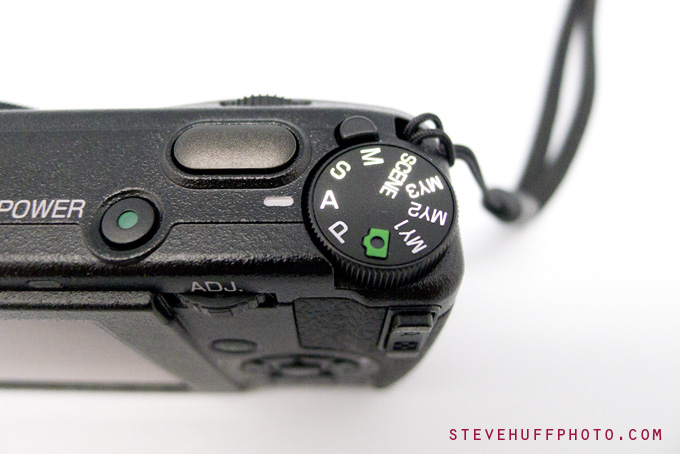
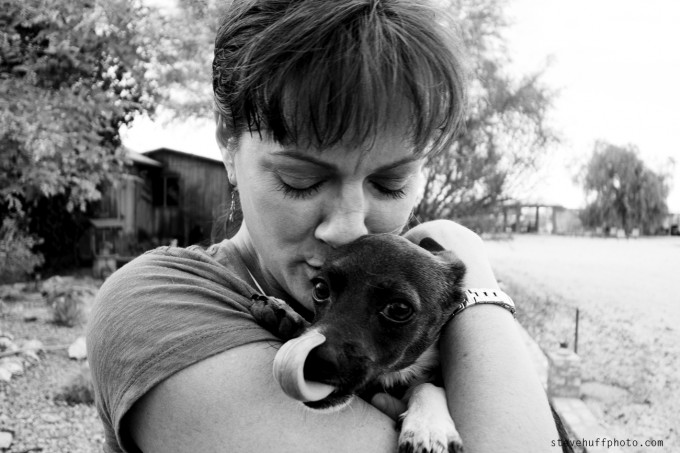
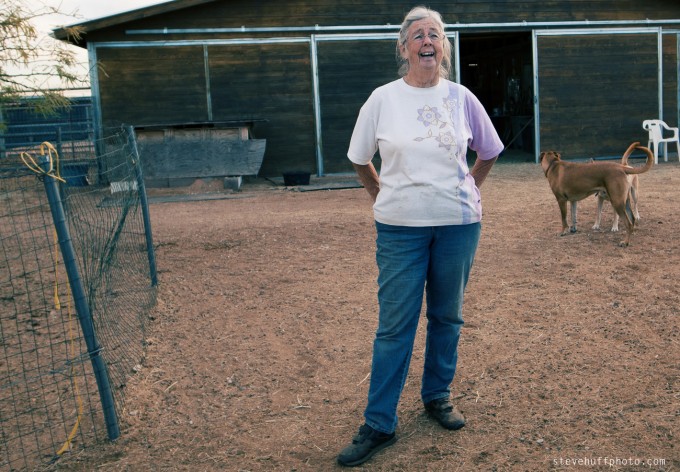
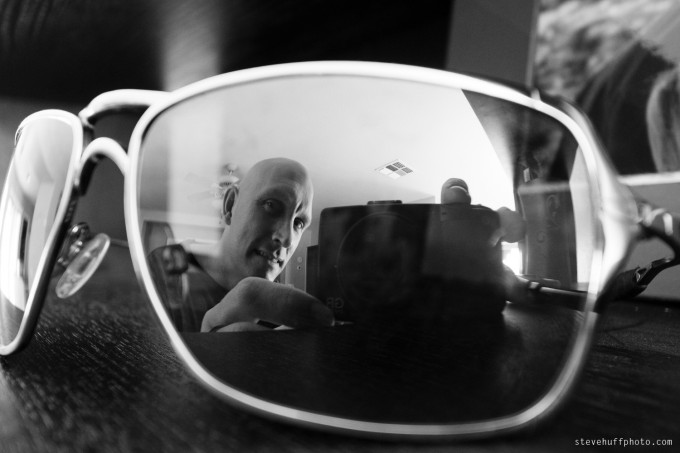
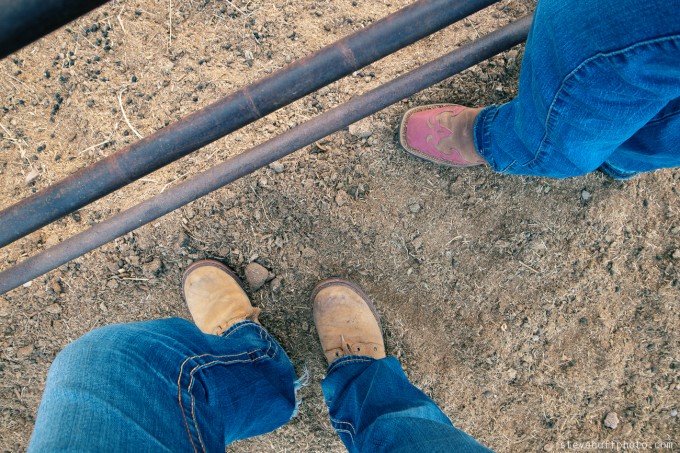
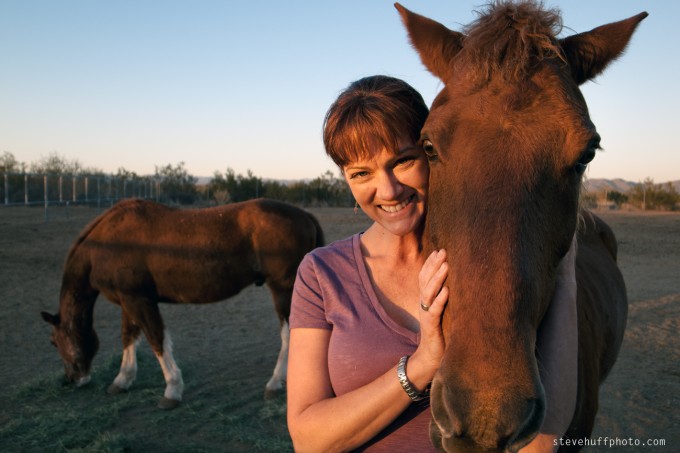
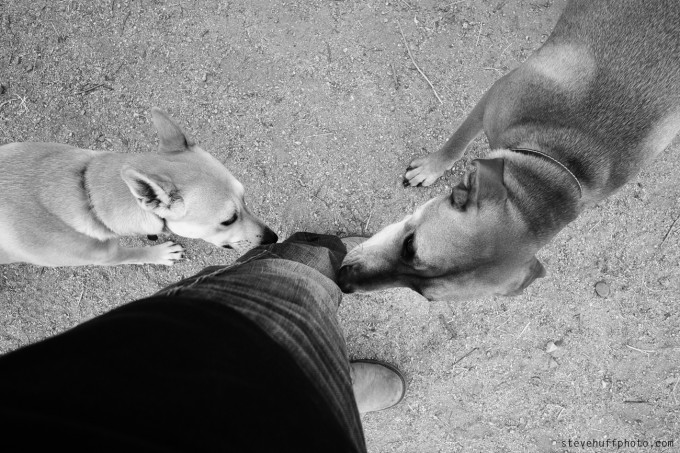
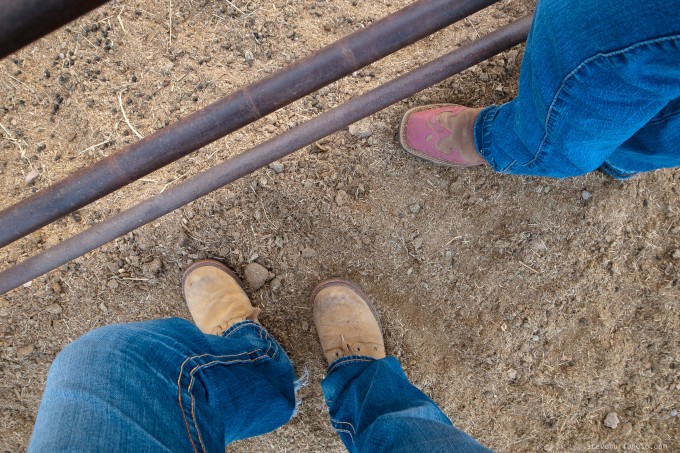
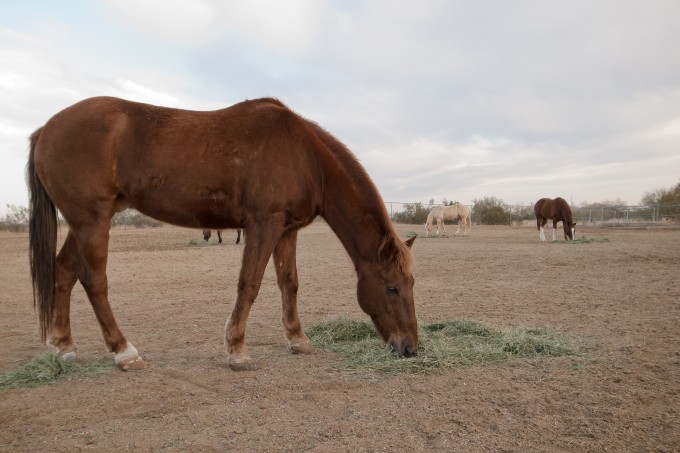
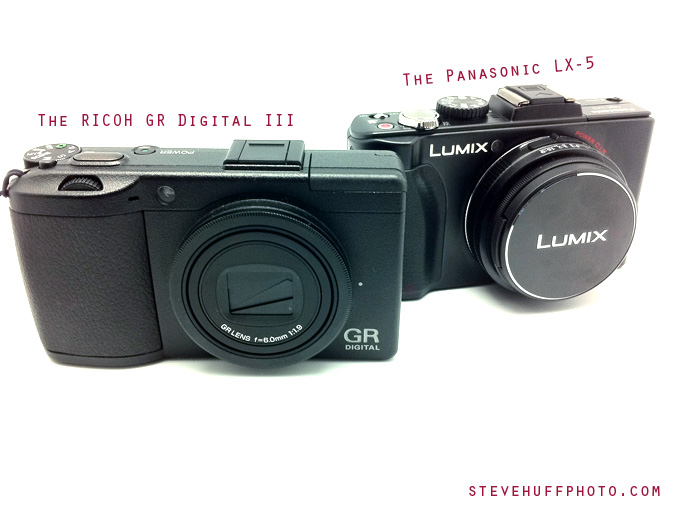
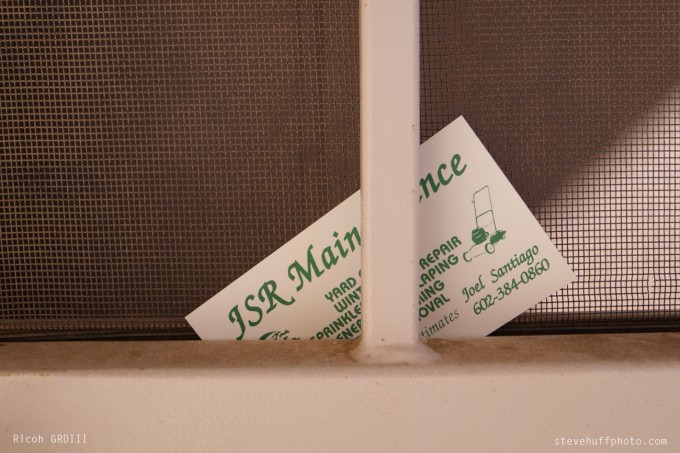
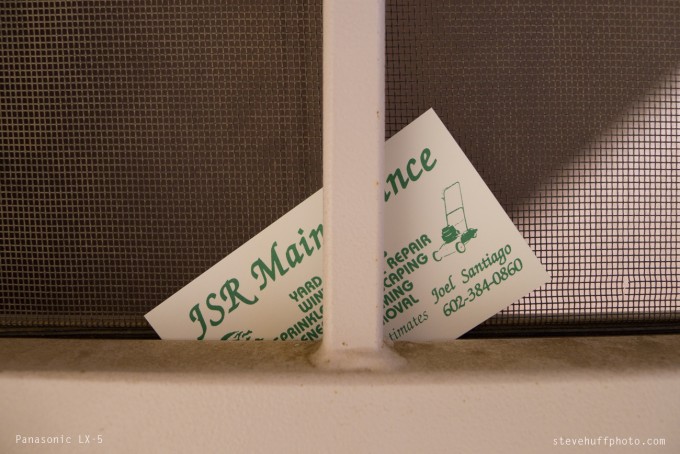
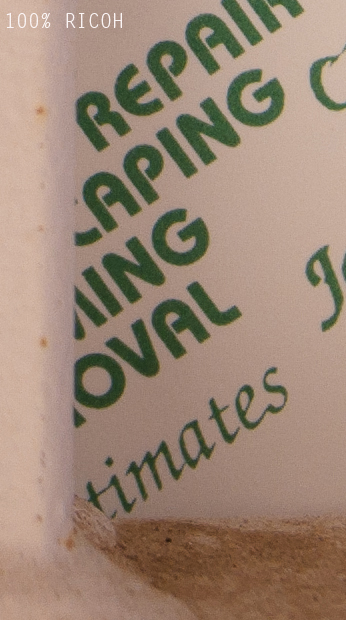
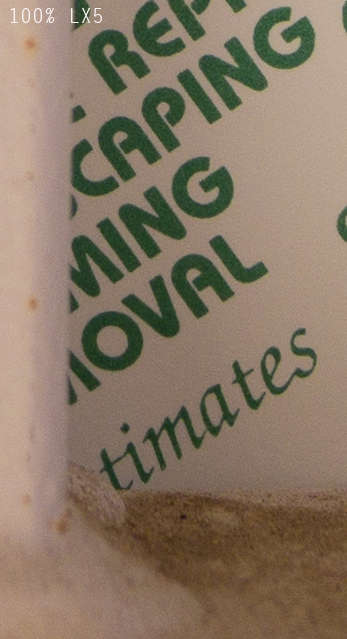


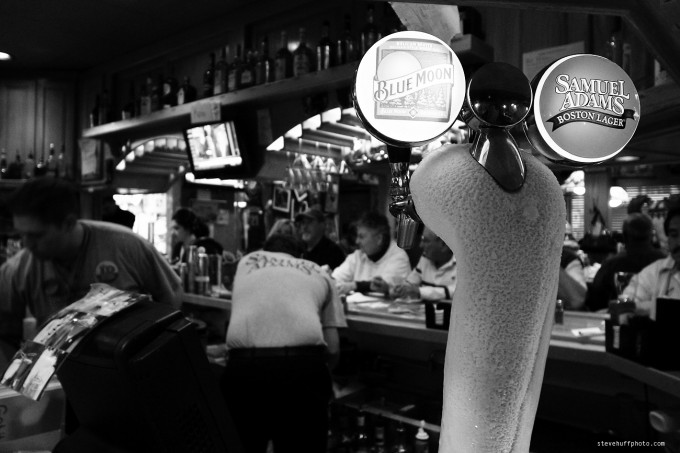
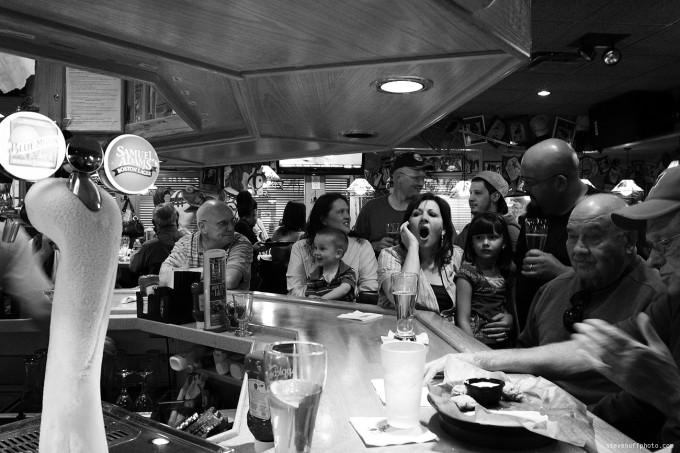
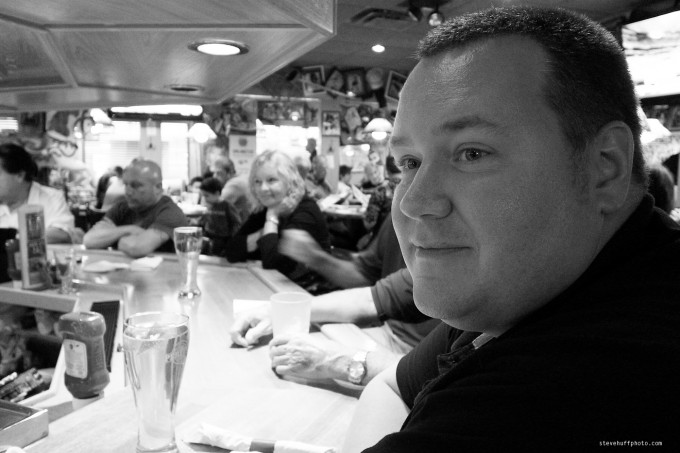
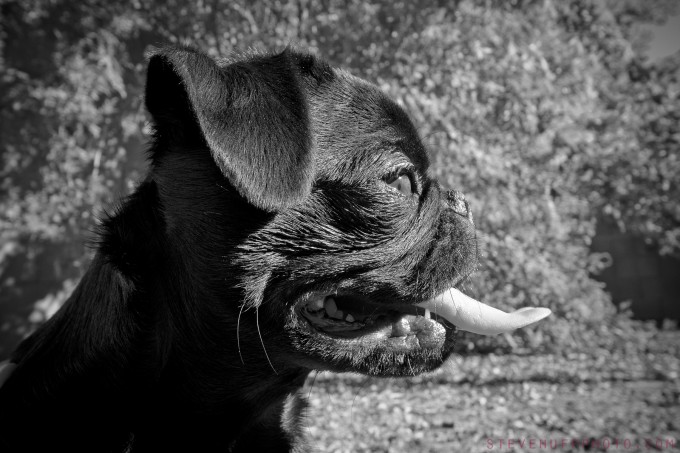
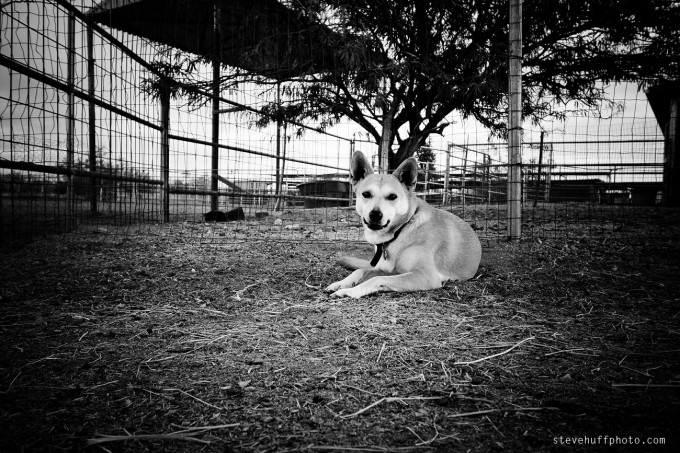
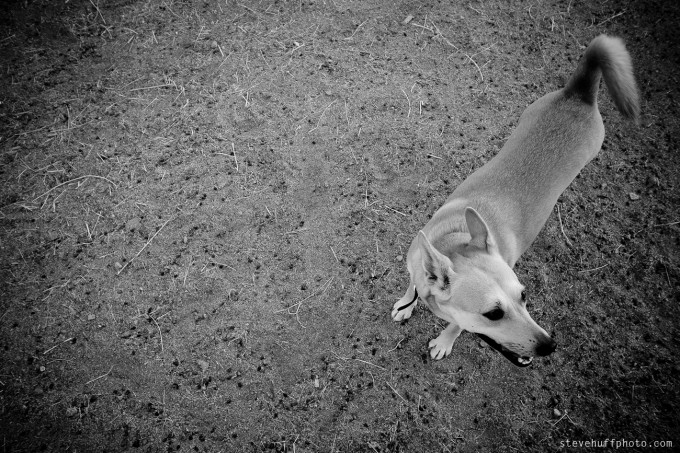
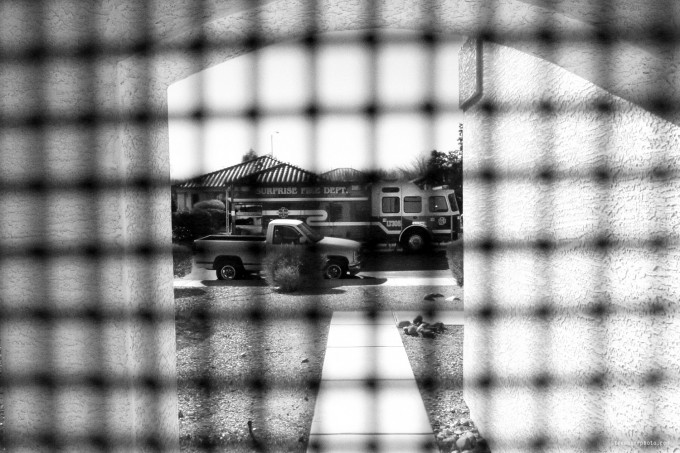
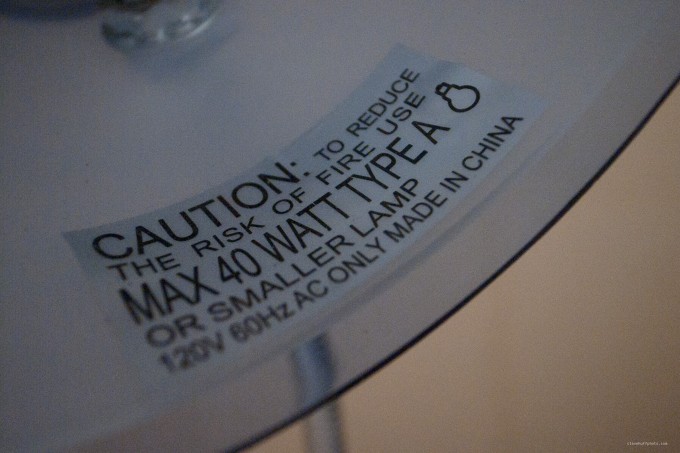
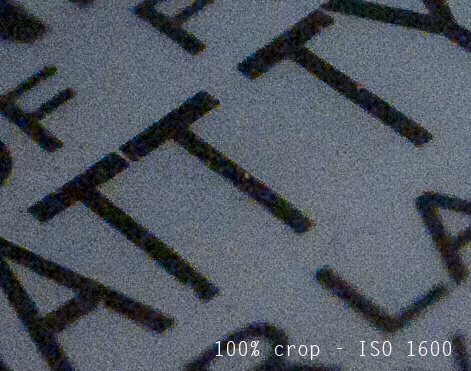
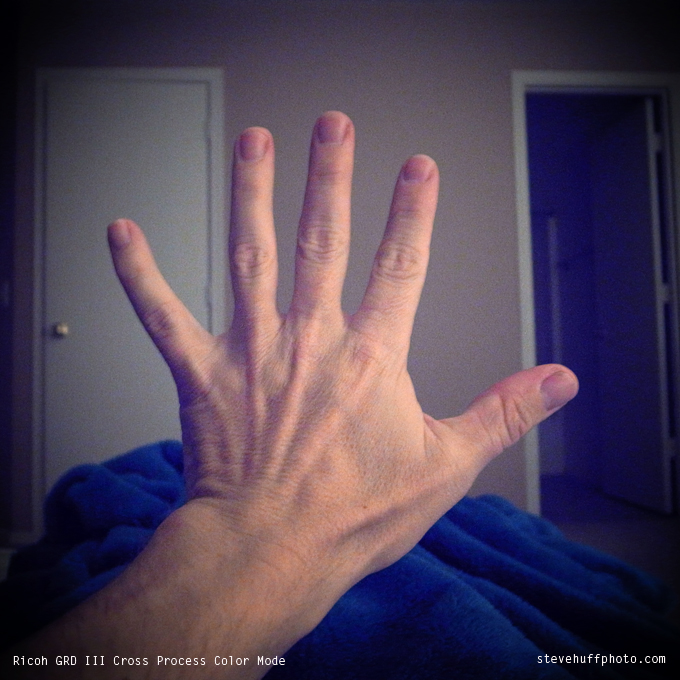
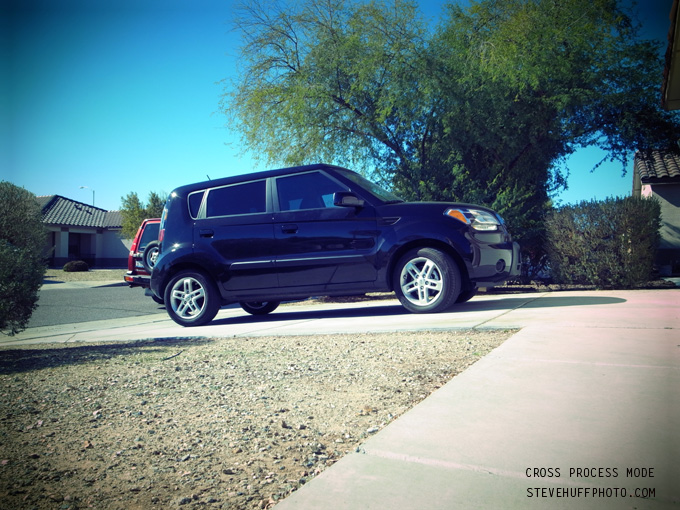
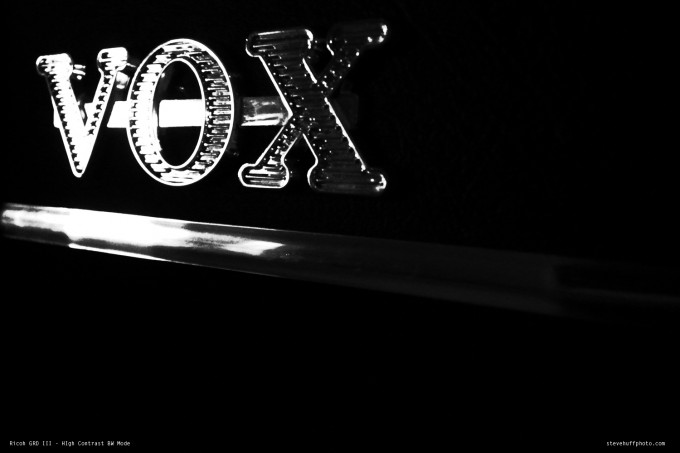
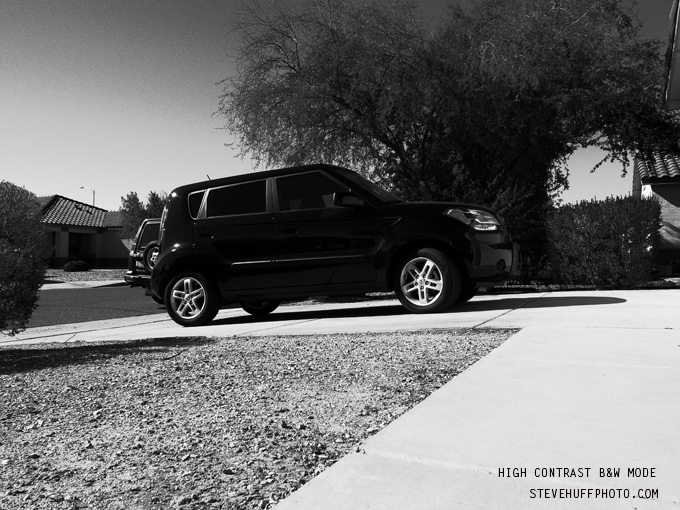
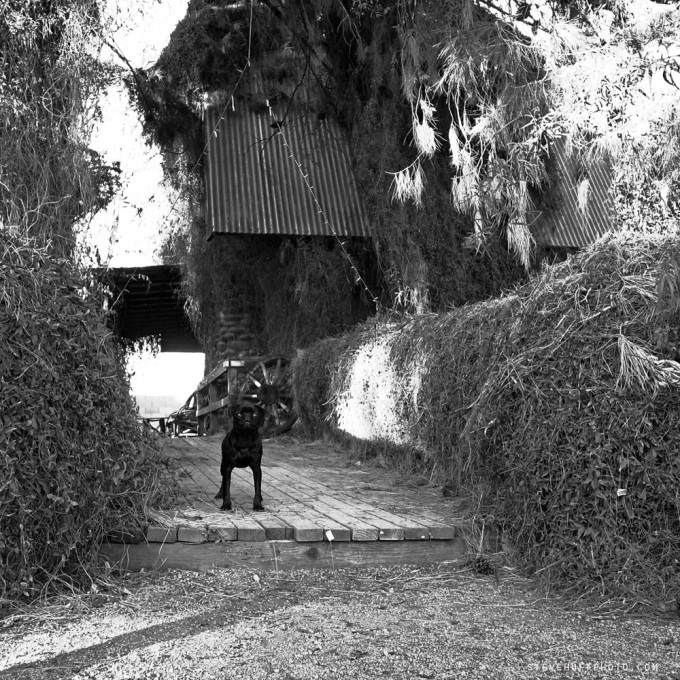
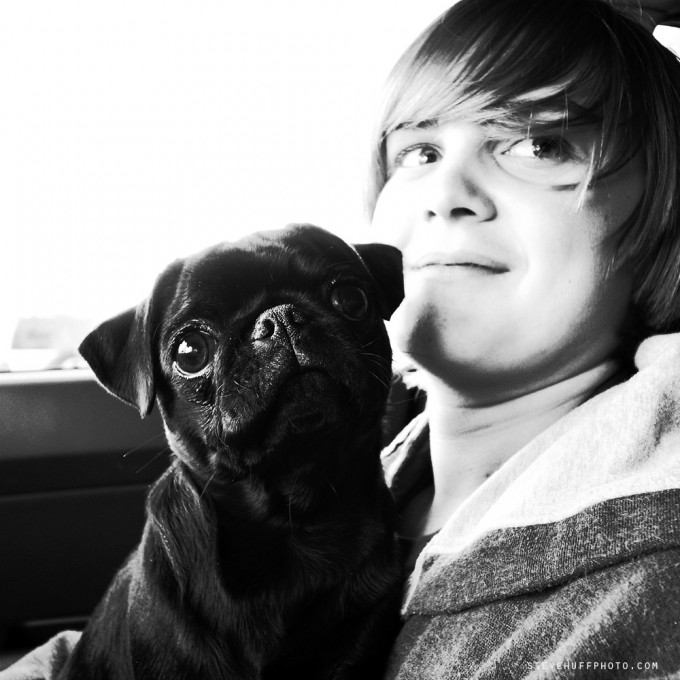
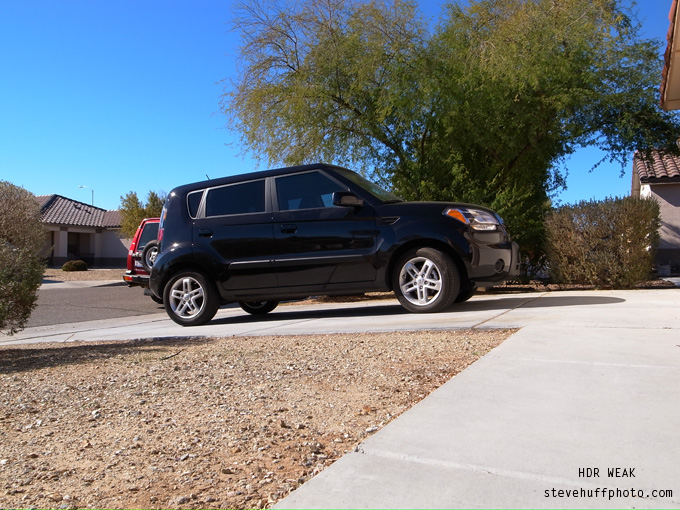
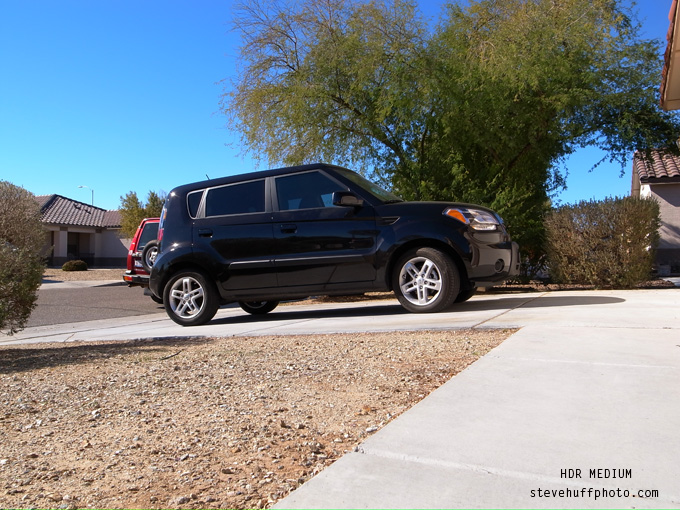
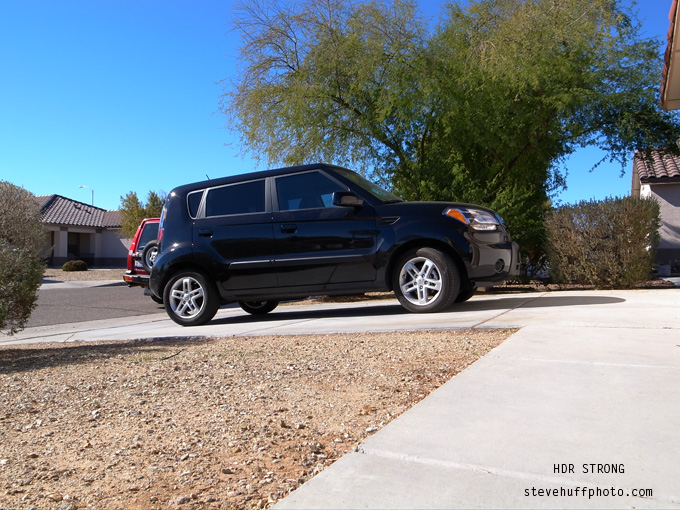
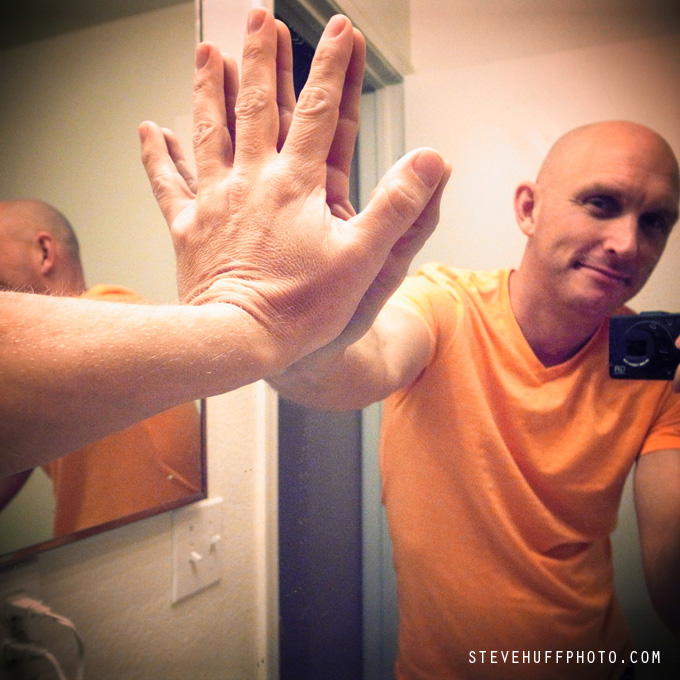
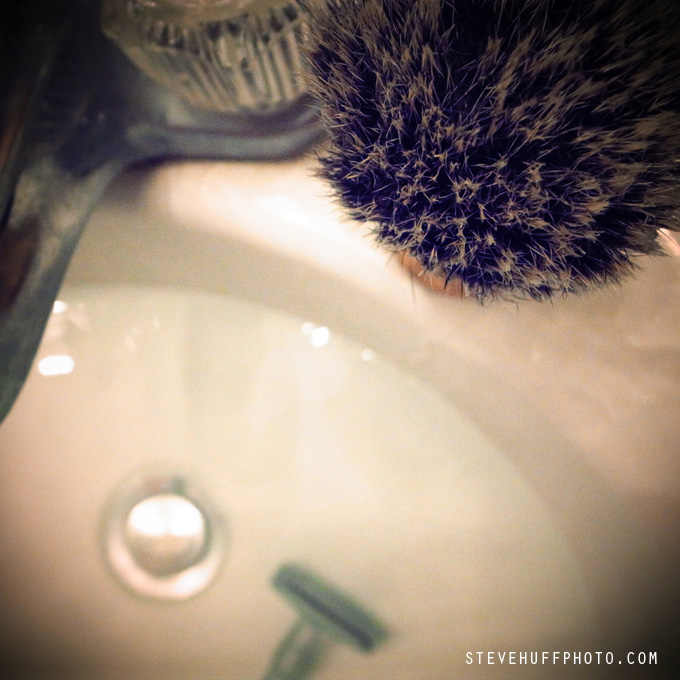

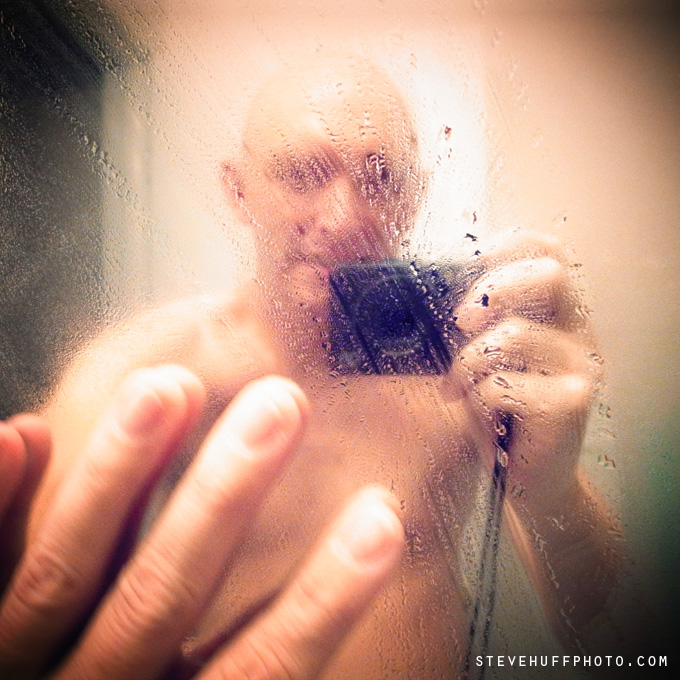
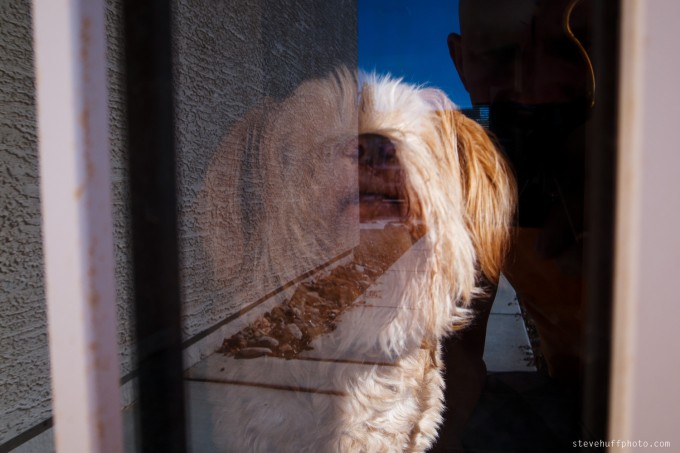
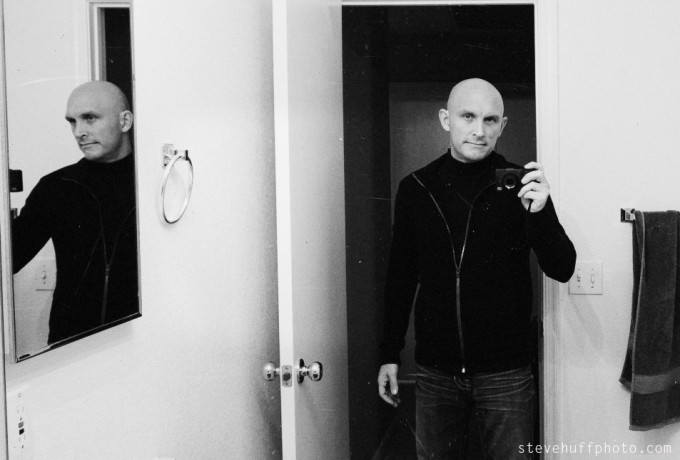
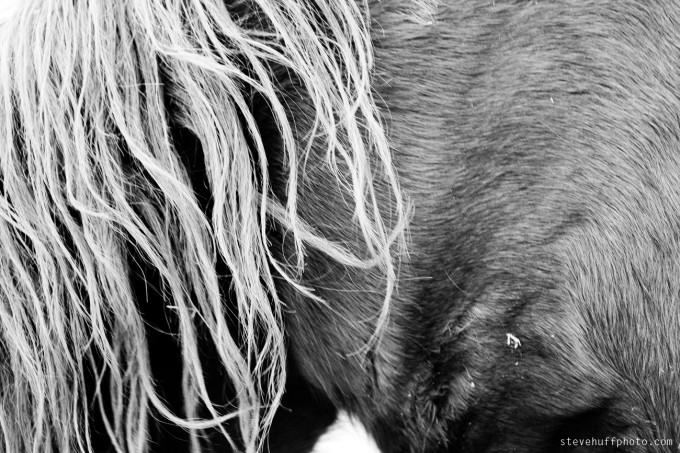

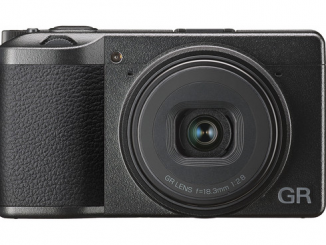
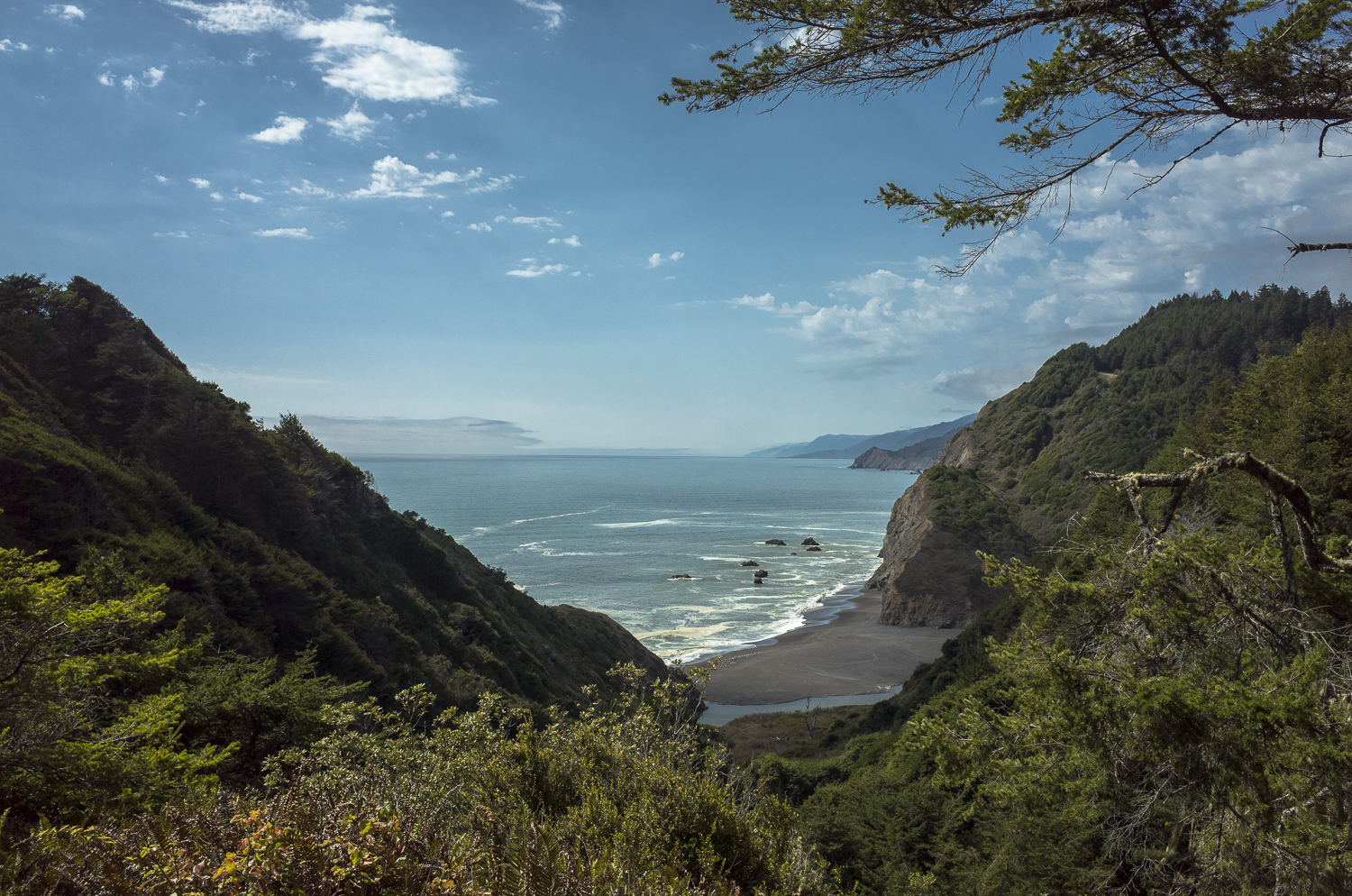
Great review as usual! I’m toying around with my GRD3 in camera color settings. I particularly like the color of the four 1×1 photos at the end. Were they post processed or straight out of the camera?
Maybe I’m confused a little but every where I look people say the gr3 has no zoom. Mine zooms quite nicely and I was quite impressed with the quality. I admit I didn’t find it right away. I was playing with the options for the function keys and when scanning though the opinions for the zoom button that came set as the exposure adjustment I scanned down and changed it to zoom. In my disbelief it was zooming.
I think you’re dreaming. The GRD III cannot zoom at all. You must be talking about a different camera.
At this point go with the GRD lV if you are going to get a grd. enough added sophistication to make it a worthy upgrade before the GRD V comes out
Thanks a lot Steve!!!! now im really being more confident on buying this cam, i have just recently started street photography and really need to upgrade my canon ixus 115hs >.<
But I'm a bit torn with choosing teh grd III or the canon g15? have you had any chance using the g15? how does it compare to the GR III? can you please impart your insights about this? Thanks! awesome site here!
Why do you say that it has no zoom? It has a 4x zoom….
The GRDIII has no zoom. It is a fixed prime.
doing a review of the Ricoh GRD IV anytime soon Sir?
OOOOhhhh…the Fuji x10 could be the dream compact….we’ll see if the zoom lens compromises image quality…
Oooh…i just noticed there is now a GRD 4….just from a quick look, it seems to have faster AF and a better LCD, new processing engine…and a few other bells n whistles (new level guage that does vertical tilt as well as horizontal & sm new image settings etc..)…shyzer….
Maybe i need the GRD 4 as my compact and the GXR as a main camera..? Thoughts on this anyone?
PS: Other folks I have talked to who have been Ricoh users have felt the same way.
The images from Ricoh cameras (which i have only began resarching recently) – just from the images i have seen online (for eg, here on Steve’s site) seem to be of a higher quality than their competitors. By ‘higher’ i mean, smoother almost film like quality, more natural yet bright tones and just basically gorgeous. I had thought i was going to buy the XZ1 as my new compact. And now i am torn between the GRD 3 (with obvious limitations & advantages of the fixed lense) and the GXR – whose system & images i am starting to strongly desire..
Was going to go the way of a high quality SLR PLUS a good compact to back me up & for portability & fun.
Now i’m thinking the GXR might just tick all those boxes in one. The only losing point would be not having a true compact to whizz around with when desired.
Hmm….the choices are almost crippling!
Can’t really remember, other than it seemed overly cumbersome after using a Ricoh. I did not like the EP either, but if I would have given it more of a chance since I shoot RAW in AP it probably would not have been as much of an issue, but I just felt that the images as well as the interface were lacking for me.
I tried the XZ1 after having the GRD with OVF for quite awhile. I sent the OLY back, even though I shoot in RAW I did not find any advantage to the Oly and I hated the menus, and I shoot in AP always. So for me if you can live with a fixed lens, and this is a wide one, you can almost turn the NR off totally in JPEG and I am not sure if in either if you can really turn it off totally in RAW but common sense says you should be able to. The XZ1 is not a small camera, with or without the VF, the GRDlll is with or without it. There is something very special about Ricoh cameras and they are tools, they let you get out of them what you want….have fun, go to a shop and handle them, see if they will let you put in an SD Card and take some shots home and process them…… One of my local shops would not let me do that with the XZ so I had to bring one in from an internet supplier, stupid as that was on the shops part as they lost my business forever…. Either will serve you well but I hear Ricoh users tell me how they struggle with the menus and are frustrated, but there is nothing like the Ricoh UI. Good luck
Thank you! What was it about the XZ1 menus that you didn’t like. Actually I don’t like menus full stop – so maybe the ricoh would be better for me as it has so many things you can set up as button-press customised options.
The XZ1 does look like a nice camera and takes nice pics – but yes, pleasure in using a camera is important.
Anyone else got any views on either of them please?
Well – just over a year ago I wanted a Leica X1. But couldn’t quite afford it. Looked at the Fuji X100 – by the time it finally came out I was no longer in the market for spending that much on a camera – lost my dosh (from the sale of film cameras) due to family illness.
So here I am now thinking – something small that goes in my bag, less than £400 with manual controls and best picture quality – and most importantly, fun to use. And came across the Ricoh GR Digital III in my searches.
And – it almost sounds just right. Except I have also been reading about the Olympus XZ1. Would want a viewfinder with either. The ricoh and ovf is the cheaper option.
So what do you reckon? Which is nicer to use – the olympus or the ricoh? Like 28mm fixed focus (used to be my standard lens) – but also like the idea of fast 28-104 zoom (or whatever it is).
A bigger better camera will have to wait until I have saved for a long time – and anyway 3 year-old stepson would only smash it – and need something I can grab quickly these days.
What does the XZ1 have that the ricoh doesn’t? And vice versa. Have read a few reviews and comparisons. Only thing that springs to mind is – I like traditional controls (hence wanting and X1) – the Olympus has an ‘aperture’ ring on the lens. The ricoh has manual flash settings though and many customisable settings (XZ1 built-in flash has no extra settings).
Is it just a case of a) tossing a coin or b) the cheapest option people?
The GRDlll does not compete with the NEX line of cameras, but the GXR Ricoh does, so let’s keep thi simple. The GRDlll is a wonder, small, great UI, great IQ as a smallish sensor camera, fast lens, a wonder to use. If you compare it with the other cameras with 1.7 or so sensor you will find this to have (in RAW) and jpegs are good too, but I shoot RAW, wonderful IQ, ease of use, easy controls, the best menu system I have tried. I also have a GXR and an old GRD original that I bought for black and white jpeg shooting. These cameras are special but you have to want to invest in them and right now the GRDlll is the cheapest is has been at under $500…can you buy a NEX and lens for that? Really? For me I am hoping to see a GRD with a 40mm lens or maybe now that they own Pentax, Interchangeable lenses that they can take from the Q. Try one GRDlll and I bet you will want more Ricoh.
the GRD3 is a great cam, period. BUT, in fact what she really lacks – a) being too expensive
compared to interchangeable lens cameras (i can buy a Sony NEX-5 Body & still have some
Money left compared to GRD3 – and this is a huge APS-C Size almost Sensor – very good reviews,
read dpreview.com!) and b) a too small sensor size (why the hell only 1/1.7″ Sensor Size just
like Canon G12, etc? Even the LX3/5 have a very little bigger Sensor (1/1.63″ Size), and the biggest
thing – for the money i can get easily buy a Sigma DP2s with 3-Layer unique Foveon Sensor in
almost APS-C Size also, which gives me a perfect pixel sharpness and color to color rendering based on pixel, compared to ordinary bayer-sensors. Last, but not least – the B&W images look good, really…but i rather process my RAW files & do the black&white conversion with Nik Software
Silver Efex Pro v2 – no offence, just the best PS-compatible B/W Plugin on the Planet.
just my 2 cents,
marc
I won’t lie, Steve’s down to earth and non technical review was a definite factor with recent purchase of this great digicam. The images are crisp and breathe a new air. Instead of carrying around my D80, the GRD III is my new companion. Here are a couple of recent shots –
Paris in Miami
[img]http://farm7.static.flickr.com/6021/5915235030_e76e51b9cf_m.jpg[/img]
Causal Smoke
[img]http://farm7.static.flickr.com/6027/5906710843_a3515cec3d_m.jpg[/img]
Thanks, I look forward to your continued success with the site. Cheers from Miami, FL.
OK – i am buying one. Time to own a digi cam and this will be it!
Hi Steve:
I had a bit of difficulty uploading pix that show the effect I was talking about, as it asks for the URL link to the photo rather than the image itself. If OK with you I would be happy to put a few of them up on Flickr. Peter (again)
Hi Steve: I am not going to belabor the point but just wanted to post a sample of the effect that the macro zoom on the low end Ricoh’s can achieve (CX3 in my case, but its siblings do the same thing). I like to take my nature shots up close and intimate, looking at the perspective say a butterfly or hummingbird might have. This is from a rainy Monday morning in Zenpukuji Park, in the western suburbs of Tokyo.
[img]http://www.facebook.com/photo.php?fbid=425686703209&set=a.425686488209.213927.680538209&type=1&theater[/img]
Thanks Steve, for encouraging such a productive interactive discussion about this lovely photographic tool that Ricoh has kept on the market for us purists, despite its corporate push into other more commercial directions such as plain and simple point-and-shoot with the CX series, and quirky but innovative thinking with the GRX series.
But the GRIII is special, and many of its features ended up in the Caplio and now the CX group. One thing to love is its build quality, that taut “pro” feeling that comes from the way Ricoh works with magnesium. But while I love the notion of framing and focusing with your feet insteady of with your zoom, there is one thing I cannot do with the GRIII that is a source of joy with the CX3. Namely, macro at full zoom, set the target against a shadowy dark background and your subject floats in fine bokeh and if you picked the light right, gorgeous color. I rarely actually frame with the zoom and macro on – all the framing is done with the eye, the feet and the hands, but without the zoom, I can isolate the target properly or achieve the same degree of bokeh.
Close-up macro almost always has too wide a field, which is almost impossible to bokeh away. But in low light street scenes, nature, the occasional jazz concert, whatever the GRIII is the one you want in your pocket. Ricoh’s built-in flash is puny on the CX3 and only useful for slow-synch portraits in fading evening light where you can capture that 30 min after sunset deep deep blue.
All the best from Tokyo, where most big shops now have discounted Ricoh’s galore. Hurray!
I’ve had a grd3 for a couple of years and I must say it’s an amazing little camera. the jpegs files are amazing if you shoot 64 or 100 iso. Guess 100 and 200 isos are even better than the 64. the 28 mm is no problem at all. You get used to it and once you’re so used to it it’s difficult to shoot another angle. Of course there will be distortion if you want to shoot a close-up portrait but it’s great for shooting groups of people and the macro mode is simply amazing. It’s also so simple to use once you’ve chosen the profile you want. You can enter 3 profiles 1 for B&W and to with different color contrast. I damaged the camera while cross-country skiing and it’s being repaired just now but I do miss it so much and lok forward to having it back. I’vealso used it when mountaineering and it’s absoluely amazing, light and as Steve says you just take it all the time with you.
Thank you Steve for a wonderful review. I just came across your site today as I’m racking my brain trying to decide what compact camera to purchase. I have a decent DSLR system and its a dream to use.
But, I’ve always wanted a “pocketable” camera to always have with me but there hasn’t been one that I thought I could be happy with. Sure, a Leica M9 works but the trees in my backyard don’t have dollar bills growing on them.
I’ve read all the reviews on the S95, LX-5, G-12 and the ……list goes on. All of them seem to be fine cameras but they all just have too much stuff.
I’m now in panic mode on making a decision as I have a major trip in June and I need a compact camera. My son and I, along with our other 11 crew members, will be hiking over 80 miles for 10 days at the Philmont Scout Ranch in northern New Mexico and I want to ensure I properly capture the trip.
I believe the Ricoh GR Digital III would be perfect. Sure I could use a zoom. But I think the 28mm lens would be perfect in capturing group photos around our evening camp site, landscape shots and will even easily fit in my pocket or strapped to my backpack.
I can’t believe I hadn’t looked at the Ricoh brand before this.
Thanks again for the info.
Hi All:
I have only recently discovered Steve Huff’s website and I must say that he is a terrific photographer, who really gets that the handling and feel of a camera is every bit as important as test charts. I bought the Ricoh GRD2 camera a few years back and then I upgraded to the GRD3 as soon as it was released. Don’t let the fixed lens and lack of gimmicks scare you, the GRD’s are great pocket cameras and you would be surprised at how much you could do with them if you only take the time to explore their use. As an example I have uploaded a few thumbnail collages of some random Ricoh GRD images I have captured, so that you can see how versatile are camera it is! If you like what your see, please buy a Ricoh GRD3 through Steve Huff’s site and support him, so that he can do more excellent camera reviews.
Levent
[img]http://www.stevehuffphoto.com/wp-content/uploads/2011/04/GRD Samples1.jpg[/img]
[img]http://www.stevehuffphoto.com/wp-content/uploads/2011/04/GRD Sample 2.jpg[/img]
[img]http://www.stevehuffphoto.com/wp-content/uploads/2011/04/GRD Sample 3.jpg[/img]
[img]http://www.stevehuffphoto.com/wp-content/uploads/2011/04/Grd Sample 4.jpg[/img]
[img]http://www.stevehuffphoto.com/wp-content/uploads/2011/04/GRD Sample 5.jpg[/img]
[img]http://www.stevehuffphoto.com/wp-content/uploads/2011/04/GRD Sample 6.jpg[/img]
Glad to hear you have entered into the cult of Ricoh Steve! I was so enamored by the GRD interface that I bumped “up” to an original GR. I highly, highly recommend you doing so as well…
Here are a few samples of the IQ you can get out of the GR, GRs or GRv
[img]http://farm2.static.flickr.com/1386/5181627633_fe14dcfe10_z.jpg[/img][img]http://farm5.static.flickr.com/4149/5181625799_66caec8d97_z.jpg[/img][img]http://farm5.static.flickr.com/4090/5182226784_9967e01d37_z.jpg[/img]
Sorry that’s “GR1, GR1s, GR1v” – when I reread my post I saw that “GR” could be confused with the digital models. And nothing against the GRD line, I’ve owned the original and the GRD II but the GR1 is full frame 🙂
Steve, want to share with you few of my pictures taken with GRIII:
[img]http://farm2.static.flickr.com/1380/5168346043_03635d0cef.jpg[/img]
[img]http://farm5.static.flickr.com/4059/4676764850_96d724cfb0.jpg[/img]
[img]http://farm6.static.flickr.com/5046/5331535783_0e9f129f22.jpg[/img]
There is more street photography with GRIII, GX200 and other small cameras at my flickr.
While I have both the GXR with most of the modules and the GRDlll, there is no denying that I like small sensor cameras and love the portability of them. My GRDlll was my single companion on vacation, fixed lens and all and it did well, actually it did great. The controls are wonderful, it fits your hand (my hand) perfectly and I could not be happier with this camera…probably my favorite Ricoh, as much as I do love the GXR with A12’s and A10 modules I will favor the GRDlll, at least for right now.
Forget using your pocket. The camera will be in your hands in less than 3 seconds any time any where if you use the magnetic lid belt case from Ricoh! and you will not have to worry about pocket dirt, fibers, dust, keys and coins affecting your little gem.
My first SLR-Camera was a Ricoh and my first Digital Camera was a Ricoh. Most of the time i prefer the focal lenght round about 40mm like my old and lovely Rollei 35T and so, the tool of my choice is at the moment the Sigma DP2, but maybe the GRD III/IV will be the next one, because of its form factor. Like you said: “Ricoh Rocks”.
Hi Steve,
Great writeup and nice images … especially like the square format shots. Was wondering about a couple things:
1. Do the DNG and AVI files load into your iPad via the Camera Connection Kit without any issues, so you can just view and play them in iPad Photos without conversion or copying/syncing with iTunes? Do you need to shoot DNG + jpg like on M9?
2. I noticed from a sample Grd III movie file that it’s fairly smooth and clear, despite only 640×480, even compared to HD on some smaller-sensor compacts. What’s your take?
All the best,
HL
If I just use for snap shot,
which I can choose?
Ricoh A12 28mm –or– Ricoh GRD 3
(Reply please send to my E@mail address!Thank you!)
Peter, are you going to print large?
If you are, I’d say go with the A12.
But if you aren’t going to print larger than 8×10, 8×12… then buy the pocketable GRD3 and the wide angle attachment for much less.
I just bought a GRDiii in Japan, my 4th Ricoh digital camera (they are hundreds of dollars less here, which is one reason why they aren’t as popular outside the Land of the Rising Sun). I love these Ricoh products, and the support is great. I couldn’t get an English language manual from the dealers here, so sent an email to Ricoh asking them to send one to me. They answered the next day, and only wanted me to send stamps for postage. The manual (200+ pages) is on the way. The manual can be downloaded (PDF), but there are a lot of changes since I had the first GRD, and printing a couple hundred A4 pages would just be too much… The manual they include in the box is as small as the camera, and I want to carry it with me on a month-long trip I’m soon taking. Kudos to their service department!
That is one sexy camera. I like the fixed lens. Reminds me of my Olympus XA and Yashica T4.
I think I’ll be trying one of those small Ricoh cameras. I can always send it back if I don’t like it. Looks like a better build than the Canon S95, the only drawback is the lack of zoom. The D-Lux 4 has somewhat of a zoom. I shoot wide mostly with the Leica anyway.
You won’t be sending it back… you’ll love it. As to the lack of a zoom, I have found that using a zoom makes me somewhat lazy, less mobile, whereas the Ricoh, just like my 35mm and medium format cameras (all my cameras are fixed lens cameras without zooms), has helped me become a better photographer through moving around and getting closer in order to get the shot I want.
Thanks, Brady. I hope so. Right now, I have the D-Lux 4, and the Sony NEX 5. Both produce lovely results, but aren’t quite pocketable.
I’ve read this review a few times having had the original GRD I was pretty impressed with it but sold it when the LX3 came out, I’ve an LX5 now but I don’t really use it all that much because its not really pocketable, this review got me thinking about the getting a GRD3, looking at the compared LX5/GRD3 images the LX5 looks sharper but the GRD3 shots look like they have more life to them, they kinda make the LX5 shots seem flat.
well I just ordered a GRD3 so I guess I;ll seem what this compacts liek myself
thanks for the review
Well I had the GRD3 for 4 days, took quite a few shots with it and some side by sides with it and my LX5, in the end I just sent the GRD3 back, it didn’t seem to focus correctly, it didn’t seem that sharp compared to the LX5 but worst was the miro contrast.
I’ll stick with the LX5, it’s a pity though because the GRD3 sure does feel like a nice compact and its much slimmer than the LX5
I guess I’ll keep my D-Lux 4. It may not be quite as pocketable, but I love the files it produces.
I use the GRDIII on the streets of Kigali. It’s now the only camera I own. I’ve found it to be highly versatile and, like you Steve, pocketable – which is all important for roaming the streets of Rwanda.
I generally shoot RAW and have experimented with the High Contrast mode which is fun, but a bit *too* much sometimes. The only gripe I have with this camera is the lag when shooting RAW at the highest setting. There’s probably a way around this that I have not yet discovered. Help if you know one…
Meanwhile, some images shot on the Ricoh GRDIII are visible on my blog http://kigaliwire.com[img]http://www.flickr.com/photos/noodlepie/4856446610/%5B/img%5D
Many thanks for the review Steve, I ordered one online the minute I read your review, can’t wait!
Ray
Ahhh, Ricoh. If you judge cameras by specs they come out short, but if you value durability, usability, and solidity, they should not be ignored. I abused a GX100 by Superclamping it to a number of speeding and vibrating motorcycles in the sun and rain and cold.
[img]http://farm3.static.flickr.com/2739/4505562808_10432bdde1.jpg[/img]
It produces some memorable images and never skipped a beat – until some cretin in Rome stole it.
[img]http://farm4.static.flickr.com/3142/2997214205_b8d4ecabc8.jpg[/img]
RIP GX100. I’ll come back to you eventually, Ricoh…
Excellent review!
I AM SO EXCITED, I CAN´T BARELY TYPE. I just got the GRD3 2 hours ago.
I have a Nikon D300s – but wanted a convenient, small camera that would be more like the old film cameras were in IQ and a camera that allows me to grow more creative as a photographer – not an all-singing-all-dancing-face-detection da-de-da-de-da – all-you-have-to-do-is-point-and-click one.
I really believe this is the one. I´ll go read the manual now, while waiting for the battery to charge.
THANK YOU Steve; thank you all for your reassuring and positive comments on here. I hope to put a `first photograph´ on soon.
Congrats! Let me know how you like it after you shoot with it!
What a sturdy little camera! It feels so good in the hand. Menus are so logical, the buttons so sensible. I can´t believe how great the macro mode is! Other camera manufacturers could learn a lot from the UI. It is a JOY to carry around. It doesn´t intimidate either – unlike when carrying a large DSLR around. Now all I need is to get the hang of Street Photography – I´m a little bit timid about going up to people to take photos as yet (having stuck to mostly landscapes in the past). But I´ll get there. Thank you Steve.
I know the shadow on this woman´s foot isn´t good, but I put this on just to show an image.
OOPS – That link didn´t work. Try again
http://www.flickr.com/photos/motoguzzimomma/5393934196/
Just read the above on how to post an image ….. so here goes, third try.
http://www.flickr.com/photos/motoguzzimomma/5393934196/in/set-72157625772570479/
I´m happier with this photo taken today. I added `Real Grain ´ (Imagenomic). This is a Spanish soldier in full combat gear, taken today.
http://www.flickr.com/photos/motoguzzimomma/5396046706/sizes/l/in/pool-1117041@N21/
Awesome pocket cam from everything i have read including this review by Steve. I have been considering the camera for a while but can’t pull the trigger on a 28mm lens, if it was a 35mm i would own it and shoot only in B&W straight out of camera JPG. Still considering the GXR + 50mm macro module, we’ll see after i get my hands on the X100. Nice review Steve!
Thanks Kelvin!
Steve, thank you for another excellent ‘real world’ review. I still regularly use a GRD I that I purchased in late 2005. I am still impressed with the solid body, which apart from a minor graze, could pass for new.
The only issue I had (twice) was when the lens mechanism jammed. This was caused by accidentally turning the camera on whilst it was in my trouser pocket and there being not enough room for the lens to expand into position. On both occasions the camera was set away for repair. I feel the problem would have been less likely to occur if there was a Panasonic style slider on/off switch. I subsequently purchased a Ricoh leather case which contains a hardened area to prevent the camera being accidentally turned on.
Thanks for that Steve, my knowledge of such things is not that great, my son is my techno guru, I just take the pics and process them.
No problem, thanks for posting!
Oops forgot to post some links in previous reply, for anyone interested heres a few;
[img]http://www.martinyeates.com/wp-content/uploads/2010/10/R0011316.jpg[/img]
[img]http://www.martinyeates.com/wp-content/uploads/2010/10/Humber.jpg[/img]
[img]http://www.martinyeates.com/wp-content/uploads/2010/10/sfx_R0011204.jpg[/img]
[img]http://www.martinyeates.com/wp-content/uploads/2010/10/R0011372.jpg[/img]
I think you have to do the whole HTML link tag thingy to bring up the links. You know, that a href thingy.
I fixed them. To post an image you have to link to the URL of the image, not the page the image is on. Thanks!
Oh cool, thanks Steve, site’s getting more convenient by the day, keep up the good work.
I’m glad you got around to reviewing the wonderful GRD3 I absolutely love mine and it accompanies me whenever I go walk- about. I moved onto this from the GX100 which is also a great camera, wouters review helped convince me of the improvements to the sensor and the deal was done.
It is beautifully built and the lens is stunning, the macro facility is second to none and the files are a dream to work with, I generally shoot raw but the fine jpegs are superb to, the new settings recently added are also very handy and produce lovely images.
Ricoh are to be applauded for continuing with the series and improving each variant, I have shot every conceivable type image with mine and it always brings a smile to my face. The biggest plus for me is that whenever I go out to shoot street images folk generally ignore you, in their eyes you take on the persona of tourist which is very disarming and benefits the images captured.
I have talked about this jewel many times on various blogs including this Steve when you posted images of mine some while back, I think of GRD3 as a modern day version of the original leicas. Just recall the quality of film then and also the fact that they were not always tack sharp, the snap mode is awesome and I would just urge folk to try one you will not be disappointed.
I have lots of examples posted for anyone wishing to see what it’s capable of.
well i guess only time will tell if the Olympus xz-1 will become the King of the Compacts.
wonder how the Olympus xz-1 will perform against a Olympus Pen as i Know Steve Huff’s Wife has one.
its that Zuiko Lens it stands out for me as the Lens is the Most Important Thing on a Camera.
i have heard people on other sites saying why did Olympus not have F1.8 on the entire Zoom and the Answer is if they did then The Camera would have to be Bigger in Bulk and More Costly.
but surly Olympus could have put 60fps movie on instead of a stuttering 30fps as many of the past Canon ixus/elph’s had 60fps which makes for smoother video.
but honestly i can not wait untill steve’s Review of the Olympus xz-1 as my Fingers Nails are getting so short as i just cant wait.
Jim Seekers From Edinburgh – Scotland.
Hi Steve, thanks for the review.
I didn’t notice any mention of image stabilizing, so my question is how well does the Ricoh do in low light and how well does it compare to the d-lu5?
No IS on the GRDIII but if you crank it up to ISO 800 or 1600 and set the lens to 1.9 it makes for a very good low light camera. This one is void of all of the bells and whistles much like our old film cameras use to be but it gets the job done. I was not concerned about it not having IS.
Thank you for the review
my “shirt pocket” camera at the moment is the S95
But I wonder how much the introduction of the Olympus XZ-1 is going to change this.
I will trade up to it once they start selling.
I think the XZ-1 will become the bench mark shirt pocket camera
am
I look forward to giving the XZ-1 a spin 🙂
XZ1 shirt pocket? It’s much bigger than the S95, P300, GRDIII with a neck strap and no proper case that fit’s it either. Thats why I sold it to a friend.
Ricoheaven.
Hi Everyone,
Thanks Steve I am so glad you have posted a review on the Rocoh GRD3. I have been using the camera since it was released back for street shooting. My blog is filled with shots from my travels abroad and here at home in Australia. The snap focus mode works a charm and I have found this to be a perfect street shooter within the smaller sensor cameras.
It’s handling is a dream as all previous modes can attest. Ricoh GRD has had a unique and constant evolution which has seen it’s cameras grow from strength to strength. It’s in your pocket size is just an absolute winner in my book, and is a must for anytime I am out the door.
I guess like Steve, I am as happy as can be with my Ricoh GRD3 .. I would recommend it to anybody looking for a sharp reliable small street shooting camera.
I hope you take a look at my blog images taken with the GRD3. Please be aware these are post processed JPG’s not the RAW files. Thought I should let you know in case your confused at the mediocre uploads to my blog.
[img]www.simonjohnsonstreet.blogspot.com[/img]
Always appreciate your real life reviews & this is no different, it just makes me miss my old GRDIII.
I may just get another one as the constant pursuit of finding a good small P&S is still going.
What you failed to mention which I loved the most is how customizable the GRD is with the menu as well as the buttons. Though the best is being able to have a stealth setting where even the LCD is switched off all the time, great for low light street shooting.
Another great feature is the “auto-focus” lamp. This is placed under where one would attach the OVF.
Finally the auto-level function can also be set up wih sound only if you have the LCD off.
It was you that made me buy a M8 & I have enjoyed his ride for the last 2 years – thank you.
FYI I’d be interested to read your thoughts on the Samsung NX-10+ 30/f2 as that is my current back up to the M8 + 35 Summicron. Again another very under rated camera.
Again thank you for your reviews.
G
Hi Guido,
I picked up an NX10 + 30mm 3 weeks ago, it’s a great small camera, I sold my E-PL1 kit soon after getting it and I’m going to sell my X1 too, the NX has replaced them both, I got the NX 20mm lens at the weekend and that too is every bit as good as the 30mm.
great build and image quality
the grd series seems wonderful, and i have been on the edge of getting one of these several times. but since i carry my m9 everywhere, i just have a hard time justifying it. but i really hope ricoh keeps on producing these little gems–i still may pick one up one of these days.
steve, i think your reviews are useful and i usually like your style, but you have to be careful when you go listing a bunch of ‘FACTS’ like that. let’s have a quick review, shall we?
1) larger sensors CAN give better quality; they won’t necessarily do so. in ideal conditions for the smaller sensor–say, tripod, evenly lit landscape, base iso–you can’t always tell a digicam pic from a medium format pic. lum-land famously went and demonstrated this, and i’ve also proven it to my own satisfaction.
2) sorry, but the fact is that the m9 has made me a better photographer than i was with the (excellent) 5d2. i can capture things i couldn’t before, and print them larger and with more expressive impact (and made other differences, including about how i can and do see things). photography isn’t just a matter of being able to ‘see’; there are technical challenges involved in capturing that vision, and better tools help; different tools which change /how/ one works, also can make a difference to your results–and that can make you better (or worse).
3) “but the photograph will be the same…” ah, no. the scene, the subject, the referent might remain the same; the photograph will be different. a photograph is a particular rendering of something; the specific rendering is not somehow separate from it.
4) okay. : )
5) well, i think i get your drift, but if the particular camera you use “can even help give you a certain style”, then, that sort of contradicts the first part of your point; your images will /not/ always look like your images, whatever you shoot. perhaps one can say: you can find a way to express a personal style no matter what camera you choose to shoot (though of course some cameras will match up much better with some styles, and contrariwise).
so sorry to bust your chops on this one, but them’s the facts.
#1 -Correction – Larger sensors DO give better quality. PERIOD. The lumi landscape comparison was, IMO, silly. Give me a MF digital back and any compact and EVERY TIME you will see the difference between the same shots. Besides, who always shoots an evenly lit, base ISO landscape? I see a difference between the GXR 28 and this GRDIII and even if I used a tripod for an evenly lit landscape you would see better color and a richer file with the larger sensor camera. FACT.
#2 – Again, you are getting better because you are most likely shooting more – getting more time in and starting to bond with your M9 which motivates you more to get out and shoot. Just because you bought an M9 does not make you a better shooter. Over time it will of course but doing so with almost any camera will do this. The M9 will slow you down a bit but ultimately how you progress is all up to you.
#3 Getting a little silly now aren’t we? Of course it will be a different photo but the scene will be the same. I think you knew what I meant here.
#5 – Yes, your images will always have the same style in regards to how you shoot but the LOOK of the photos can be changed. For example, shooting a small sensor with a gritty look will give your photos a different “look” but the ultimate style usually stays the same no matter what you shoot with.
well, steve, i really am /not/ trying to flog a dead horse here, but no, bigger sensors don’t necessarily result in better quality. they can do, and usually should do, but not always. and call it what you will, the luminous landscape folks actually did the comparison, and the results were quite clear. i don’t think those guys were failing to operate their medium format cameras properly. considering your next point is that the camera doesn’t matter, it’s the photographer, i am surprised at your reluctance to reword this from ‘do period fact’ always result in better quality, to simply ‘can’ produce better quality, depending on conditions and operation.
and no, i am not getting better because i am shooting more. i shot more with my canon system than i have with the leica. true, just buying the leica didn’t make me better, but having it to use, and using it, did in fact make me a better photographer than continuing to use the canon the same amount (or even more) would have (or ever did).
okay, on 3, it would be a different photo, we agree about that.
as to the last point, i think that’s worth more discussion, but on the face of it, if the look of the photos one is taking changes substantially, then the style probably does too. really, that’s the same discussion all over again: what is the relation between tools and product, and between artist and artwork? personally, i don’t think they can be neatly separated; artists change when they work with different tools; tools are a part of the art. rembrandt the intaglio printer was not the same artist as rembrandt the oil painter. obviously, the same tools also end up producing different art in the hands of different artists; no one ever suggested that the artist doesn’t make a difference.
to me, this actually seems like a modest conclusion. i have never really understood why any photographer would deny that the camera and other photographic tools have a substantial role in determining the final effect of the artwork. i once asked andres serrano to talk about the tools and techniques he used, and he spent several minutes ridiculing the question. this from a guy who used gigantic format, one-of-a-kind cameras and printed cibachromes a meter square, back when that was larger than mere mortals could physically produce. okay, fine, if the tools are insignificant and it’s just a matter of the artist’s vision, why are you you going to such extremes and using such unobtainable tools, to make objects almost no one else can? one can be catty about it, but actually, i don’t think that leads to the correct answer; it isn’t that serrano was just an ersatz artist pumping up his worth with rare techniques; the effects of those techniques, of those gorgeous cibachrome surfaces and colors for instance, were part and parcel of what made his art and what his art was about (beauty and surface and tragically inadequate myths).
I have the S90, which is almost the same camera as used in the Lu-La shoot (G10). Actually, with 10mp instead of 15mp, and a few generations better image processing, it is a little better.
Shot at base ISO with an evenly-lit scene, at wide aperture (I think there are diffraction issues beyond f/4), the S90 can do very well. Not as good as my D90, but pretty close, with differences perhaps unnoticeable in prints. However, it is subject to noise reduction effects, poor dynamic range and rather off colors pretty much all the time. So, I would agree with Steve that there is always a difference, sometimes small, sometimes a lot larger.
I am sure that Michael Reichman would agree in broad terms. He is still carrying around his P65+ you know.
I’d agree with xtoph… the Leica is a tool and the 5d2 is a camera. The Leica m9 will help you be a better photographer since it involves you, you are the artist. The others use electronic magic to do what the user must do with the m9. Not all the time is it better, but I’d say it would be noticeable.
I’m a bit surprized Steve, you weren’t more excited about the GRDIII. Its fast on, has the user controls for what matters to make a shot, and I think provides more reliable shots in various light conditions. I have the s95 because its pocketable, and I thought I needed the zoom…. if the GRDIV arrives with a 24-50 and the 1080p 24fps, history will have been made by this little wonder. Or else I should stop regretting my s95 and go get the GRDIII or what ever replaces it this summer.
cheers
Sounds like you should be looking at the GX200, and anticipating a GX300.
I like the idea of a fixed-lens (nonzoom) P&S. What I would really like to see is one where the lens doesn’t have to telescope in and out when you turn it on, and also possibly faster lenses. The very small sensor size of the P&S makes some things possible that would not otherwise be. For example, a 35mm-equivalent length is about 7.5mm. If they can do an f/2 zoom at 28mm, can they do an f/1.0 fixed lens? The aperture would only be 7.5mm/1.0 or 7.5mm. Not exactly beyond the realm of possibility. Then, I would like to see the option of mounting a full-size optical VF on top. The Panasonic LX-series already has a standard shoe mount, although this is rather bulky for a P&S.
I love that little black pug. I bet that pug and Ozzy would get along just great.
Look at how the Puggy stands there with a “what’s up” attitude. This little guy has quite an ego. Hilarious.
Yeah, Pugs are cool. I had one. Now, I have a French Bulldog. Pugs were my favorite breed until I got this little guy. My Pug was more outgoing. My Frenchie is more Zen, and funny.
Once bitten by the Ricoh bug…… 🙂 The D-Lux5/LX5 are excellent and versatile small sensor cameras. However, the GRDIII has the better lens. And when it comes to build quality, ergonomics, user interface and haptics, they are no match for the Ricoh.
I wondered about the build of the Ricoh compared to the D-Lux camera.
I have the LX5 and its build quality is certainly fine. However, the GRDII has quality written all over it. It feels and handles like a true premium product (and so does the GXR by the way, quite unlike the X1).
The X-1 never quite made it in my eyes. I wonder if they ever came out with that firmware update. I was hoping it would with the Black X-1, but nope.
Elaine, according to Leica Rumors, the firmware has been delayed and will not be out this month as was originally thought. I’m hoping for sometime in February.
That’s a bummer. Too bad.
You own a Vox guitar amp Steve?
Just a VT40+…
Let’s not get started on guitars & amps my other favorite subject.
Hmmm, maybe I should start a guitar and amp review blog 🙂
Ooo yes. You can start by reviewing a Gretch Duo Jet, in black *droolz* 🙂
SO FUNNY! I was just testing one out last week at a local shop in Phoenix!
Steve, that would be cool. Start a guitar website too. Awesome!
Gretsch makes lovely guitars!
so, i see you write quite a few times that you are on the search for the best portable camera, one that you can take with you, cause let’s face it, if you don’t have a camera on you, you aren’t shooting. So with all the cams to date you ‘ve tested, what is the “one”?
Well this is my fave “pocket” cam, meaning, one that can fit in my pocket. Next step up would be the GXR due to its larger sensor but it is not going to fit in my pants pocket like this one. The larger sensor cams give better color, DR, ISO, etc but they are not as “take anywhere” as this one.
That’s the key issue for me too. I want a camera that is small, but takes great pictures. I love the Leica D-Lux 4, and D-Lux 5, but the GRDIII is pocketable and has a lens that retracts. So, maybe not so many features, but a great fixed lens camera.
Great review, Steve, as always. Am not trying to change the topic, but just for curiosity, are you preferring the GXR with 28mm equiv. module over the X1?
Thanks for the review steve, been looking for it as a companion to my GR1 ( I shoot almost exclusively B&W with this, and been thinking about getting GRDIII for color ).
Nice review you had, and I will go through your link, next time I buy books from amazon. 🙂
cheers DJ
Thanks Jiang!
I’m realizing again how beautiful the Leica dlux-5 is compared to the Ricoh GRIII… with all the technical differences so minor, this does count.
Nice review agaib Steve. I picked one up 2 weeks ago. My favorite pocketable camera yet. I love the 3 MY camera settings. So easy to program. I have all 3 set with different B&W settings.
Thanks! Happy to hear you are enjoying it!
I love those little Ricoh’s, I recently bought a GR1s because I keep hearing nothing but good about them. Btw, Ricoh deserves a pat on the back for their great support of these cameras. Although this model has been out a couple of years already, they still support it with improvements and new features through firmware updates. Not a lot of companies do that these days.
Steve – Very excellent review (as always) and wonderful shots to go along with your review. Also liked your breakdown of why a camera does/doesn’t matter.
Question – This camera having a cropped sensor, would that mean in full frame terms the 28mm fixed lens that comes with this would look like about a 50mm if it were a full frame sensor? They look 50mm’ish (if thinking in 35mm film terms) is that true?
Best!
No, in full frame this would be a 6mm lens 🙂 Its a 6mm lens but due to the crop it is a 28mm equiv. It’s pretty wide but allows for close focus/low distortion so it’s versatile.
Ahh makes sense, excellent thanks for the info, these pocket cameras are new to me but I am considering one. Thanks for all the info, sure helps when doing the evaluation. Best!
I love this little camera. I don’t think it’s as nice as the newer Leica D-Lux 5, but I like the B&W files this camera produces. I like the portability, and I’m sure it’s built better than the Canon S95. I got turned onto this camera by looking at this guy’s work:
http://wouter28mm.wordpress.com/
Thanks Elaine. Yea .I linked to him in this review. I love his photography with the Ricoh cameras.
Thank you Steve and Elaine for the thumbs up. And a great write up of this little camera. I have been using GR cameras for my photography since 1996. The limitations of only the 28mm is challenging and liberating too.